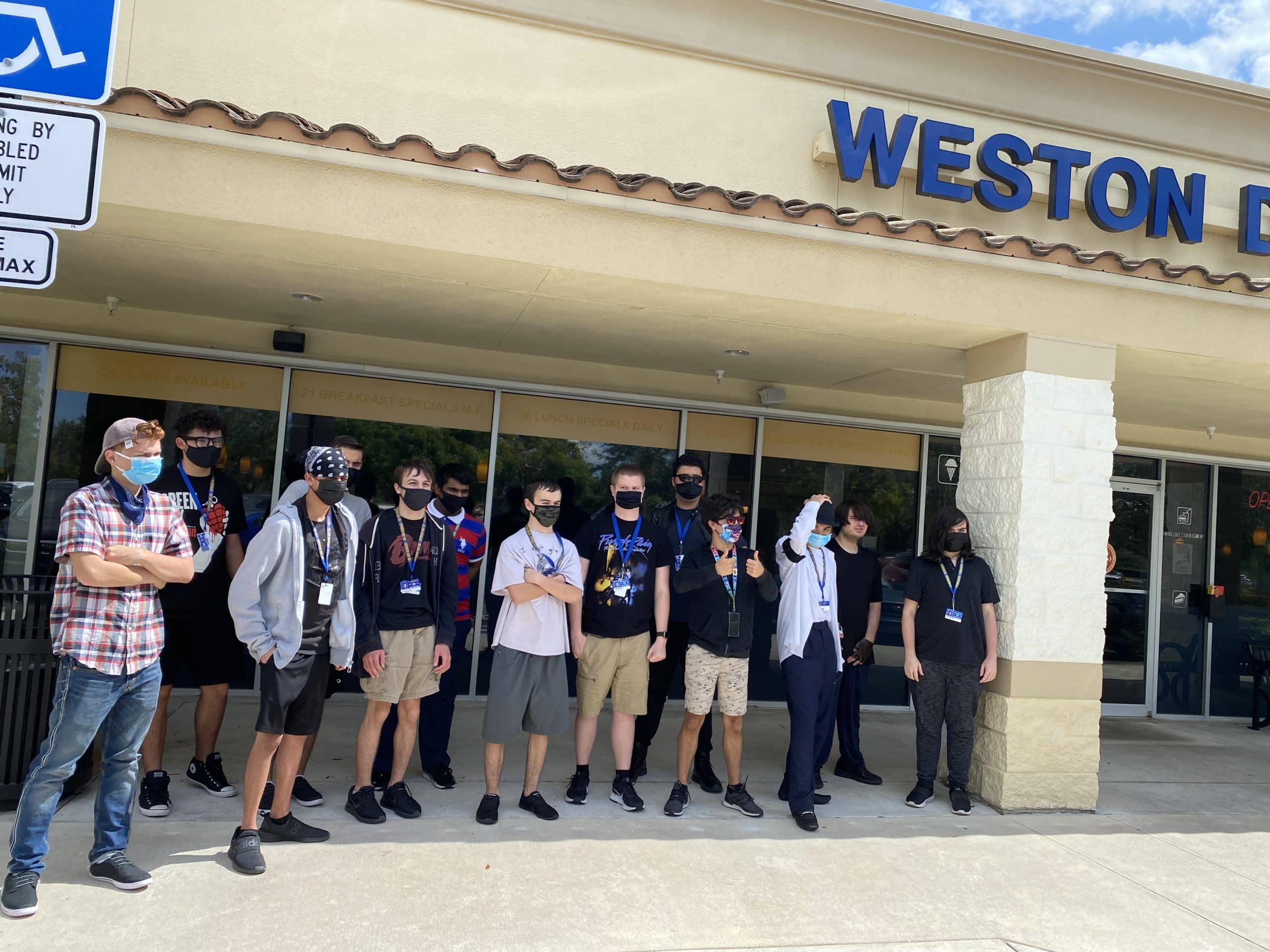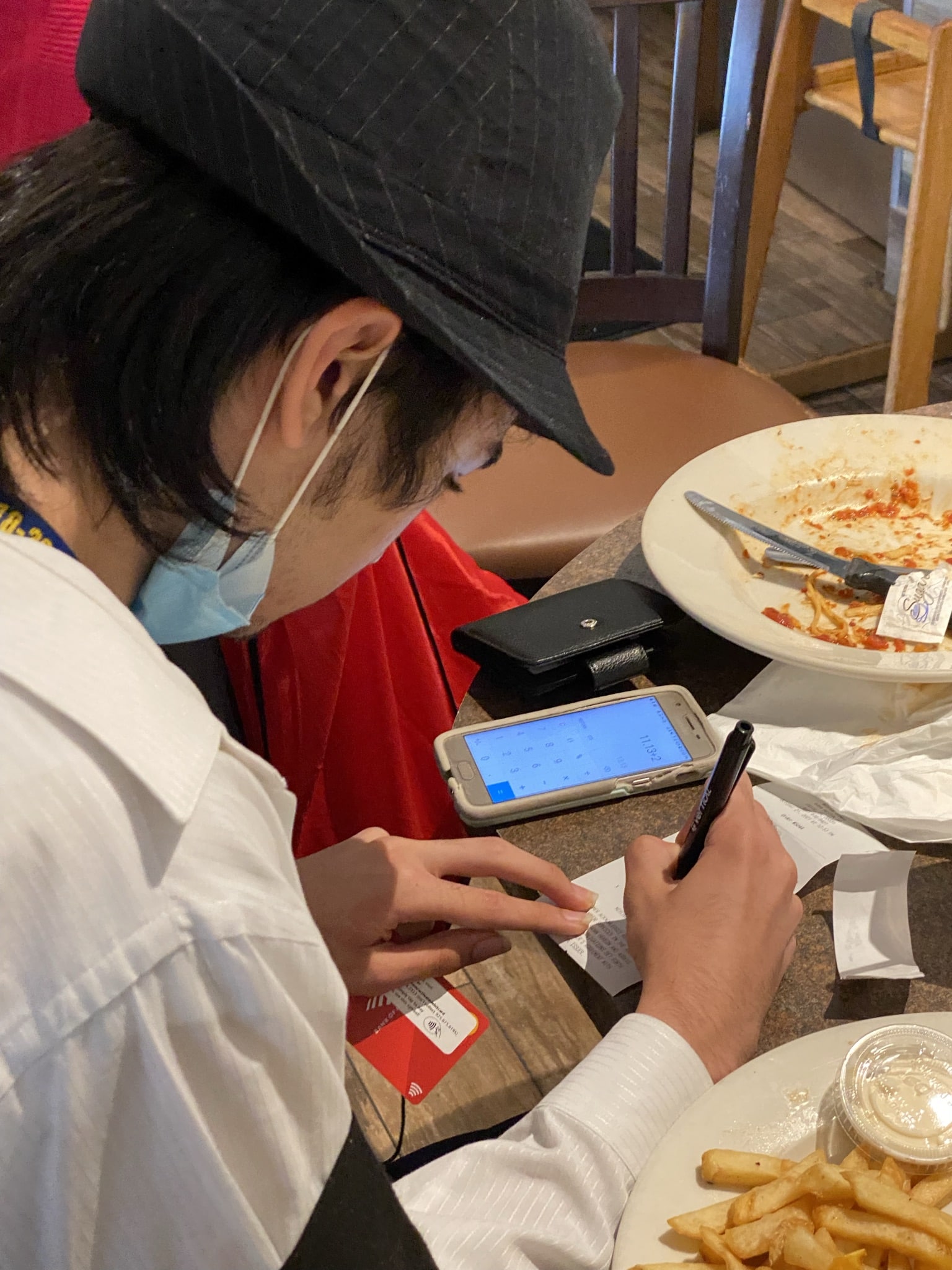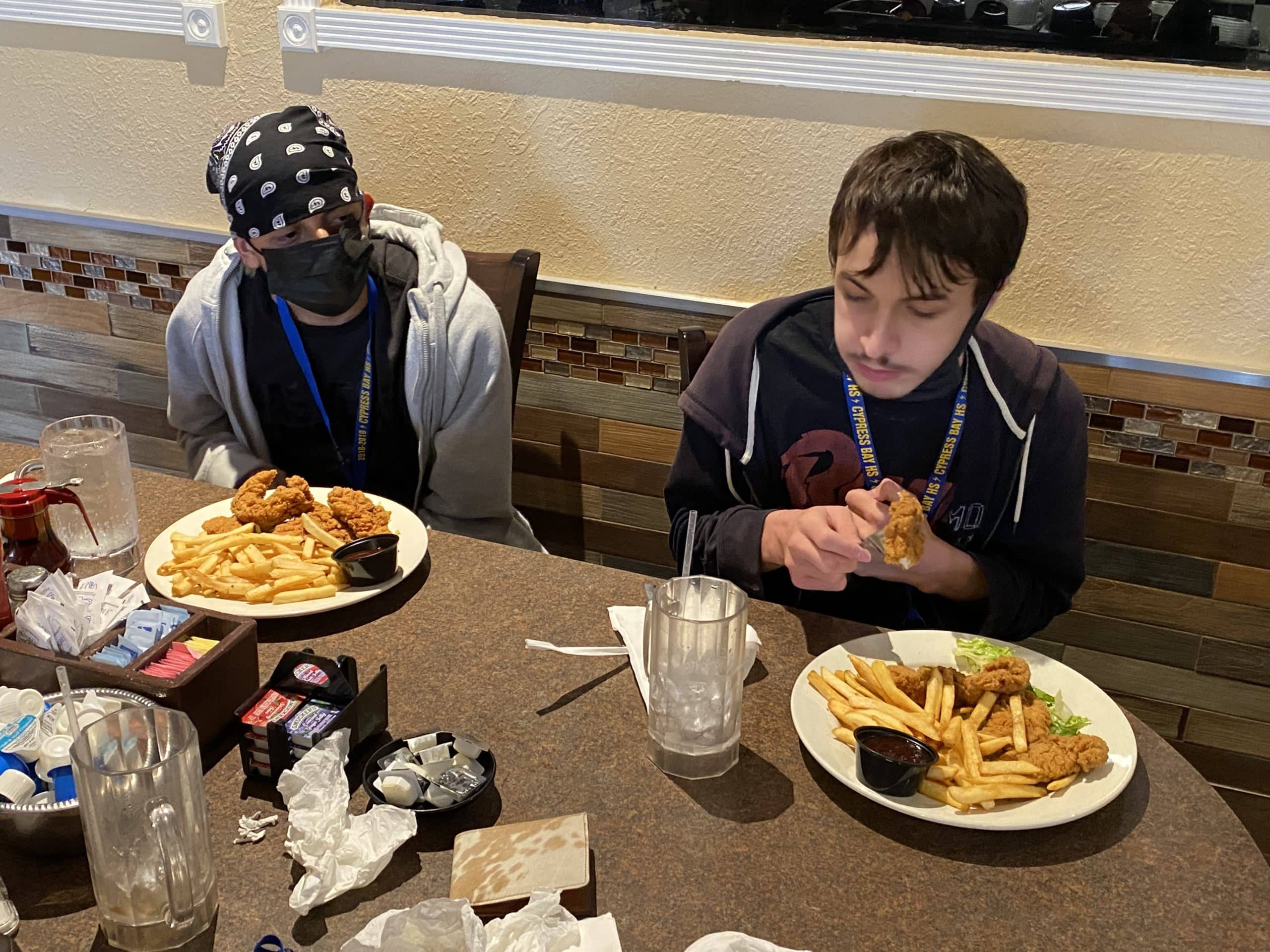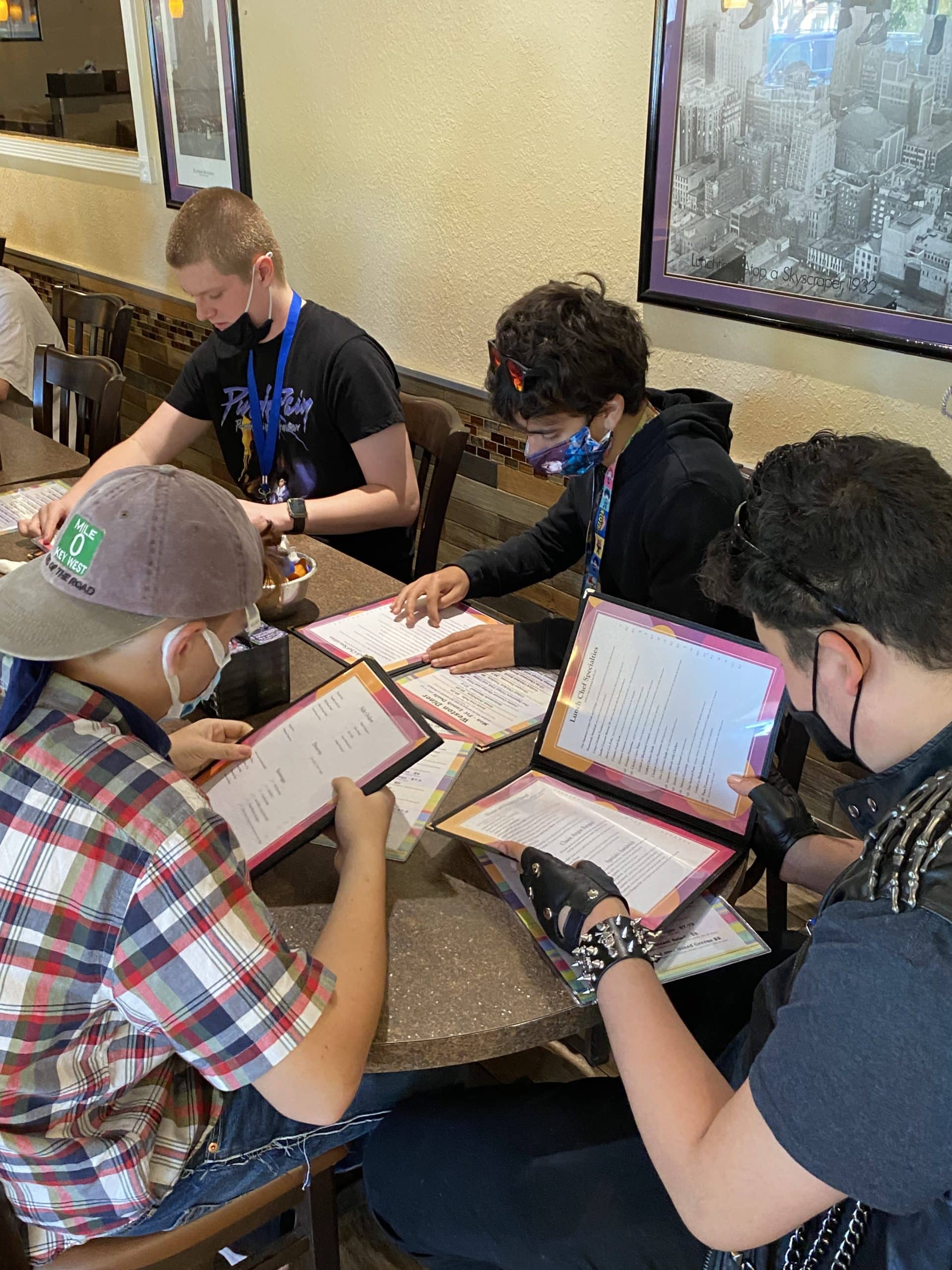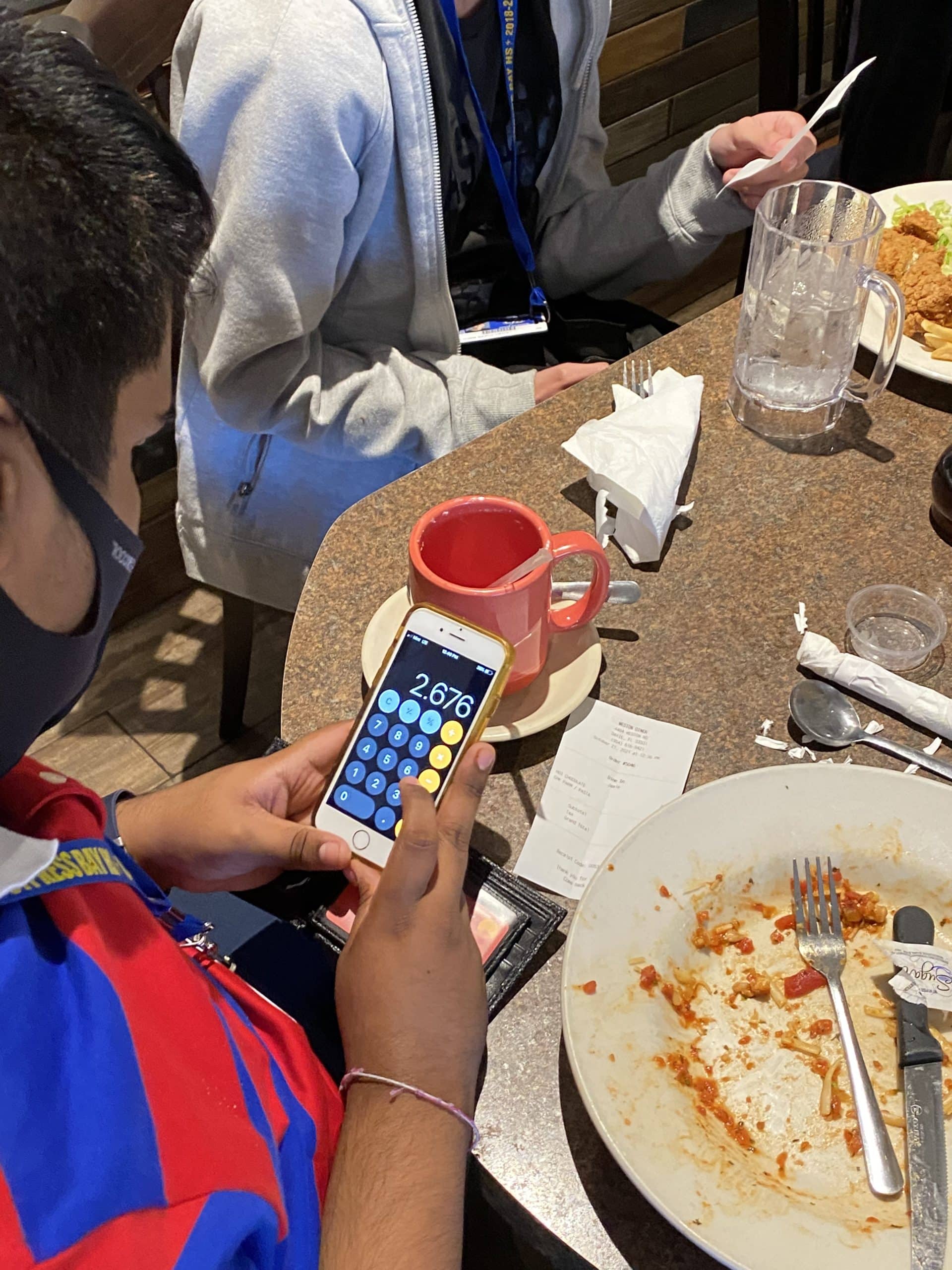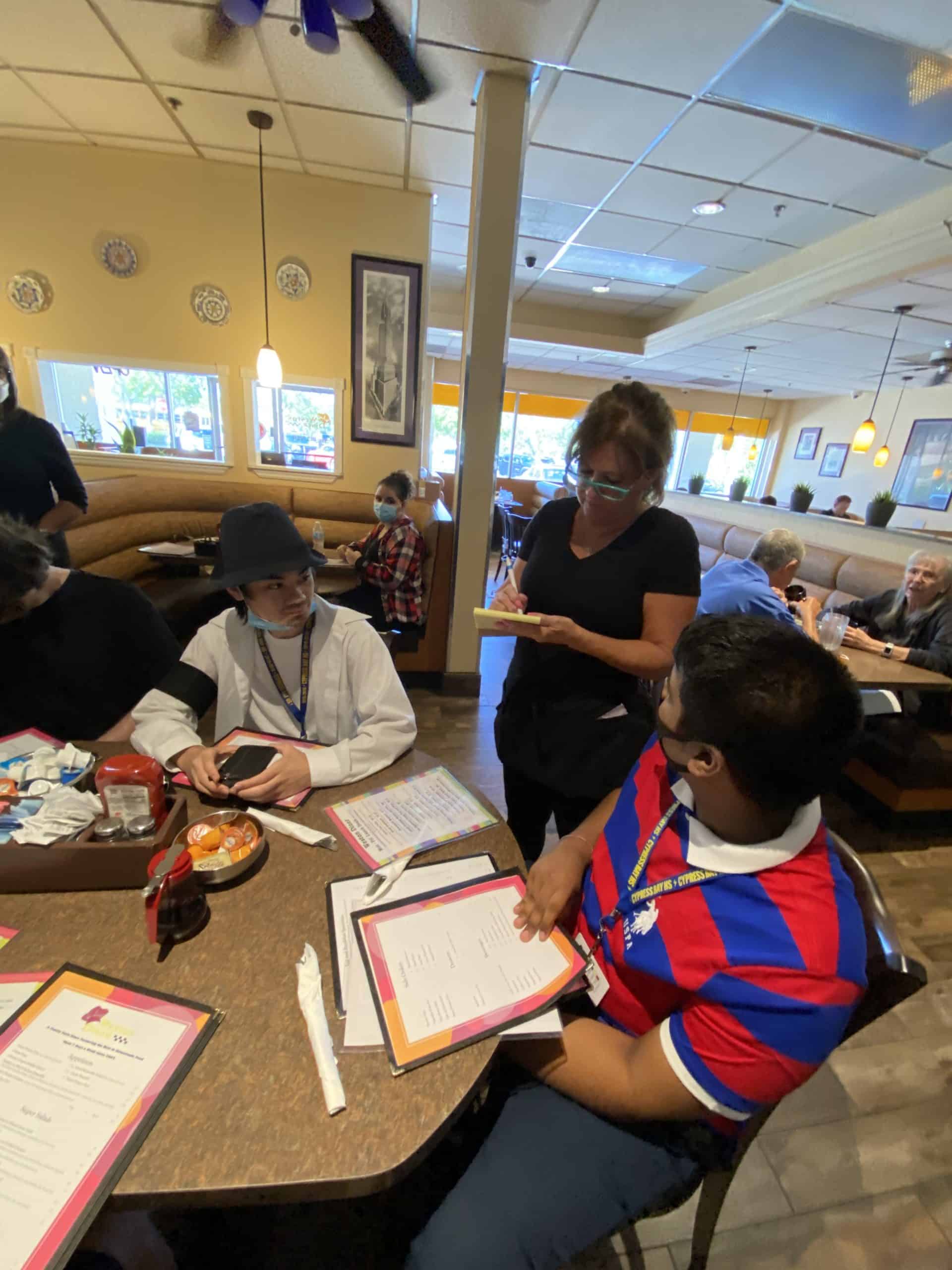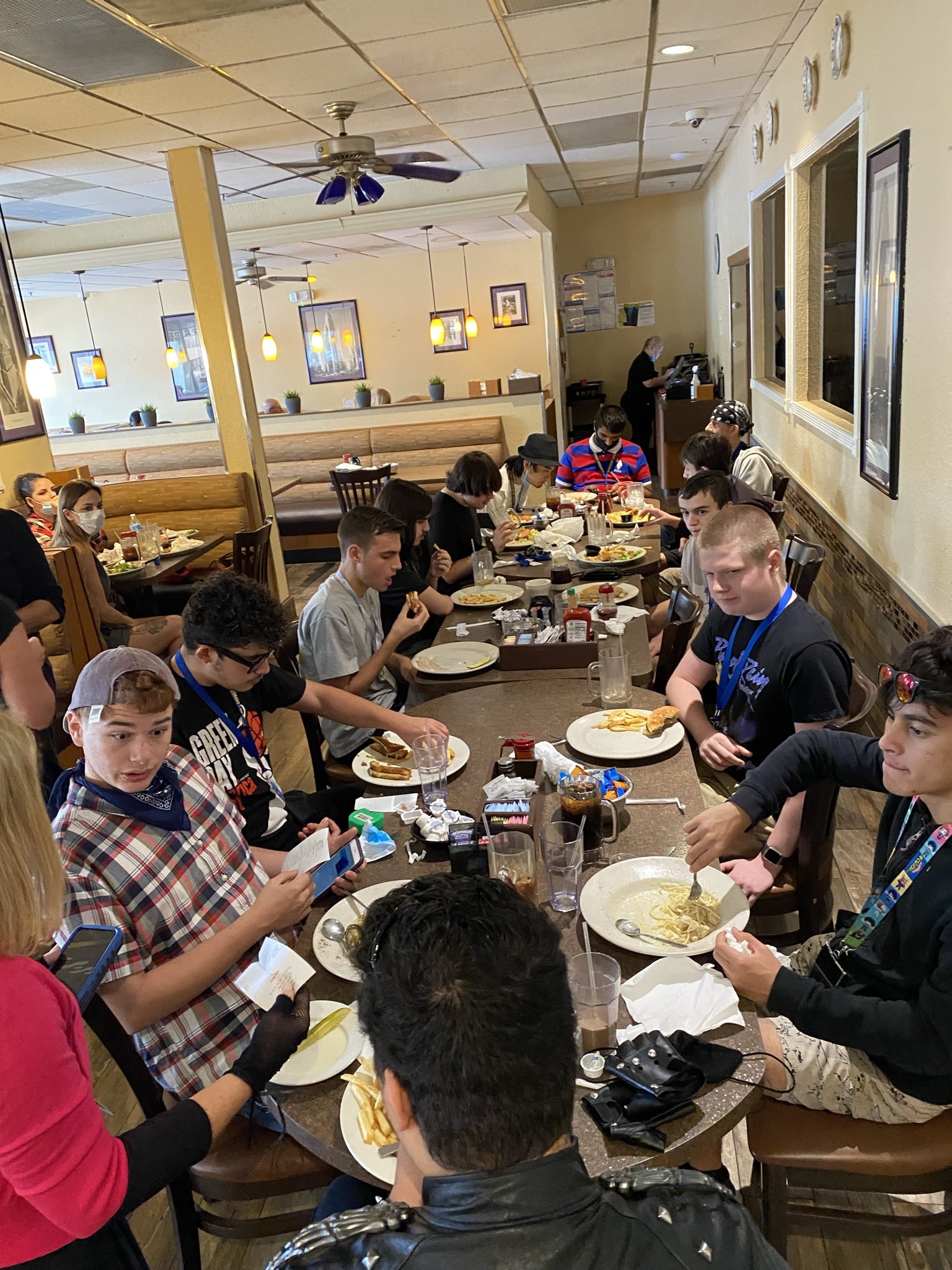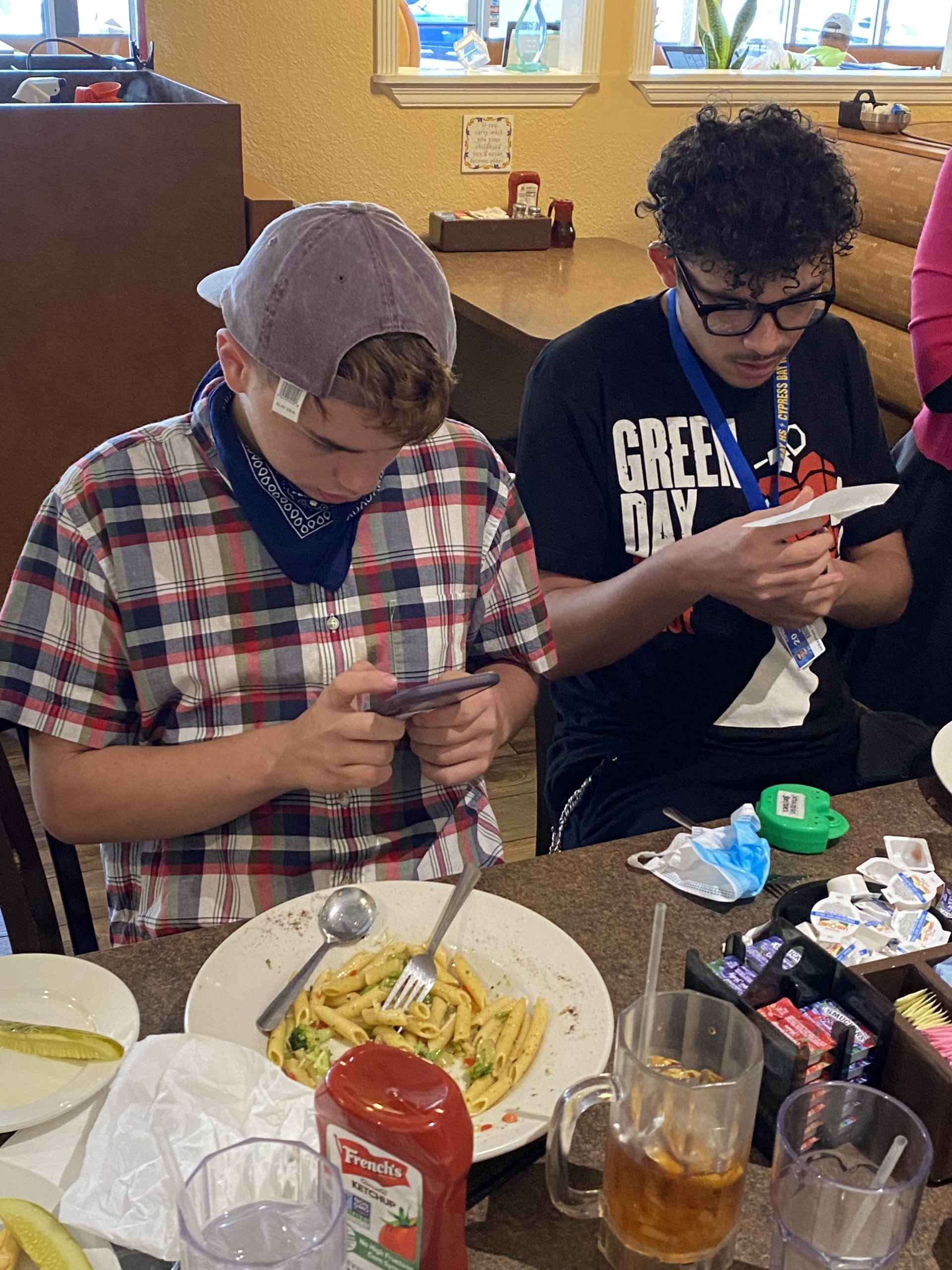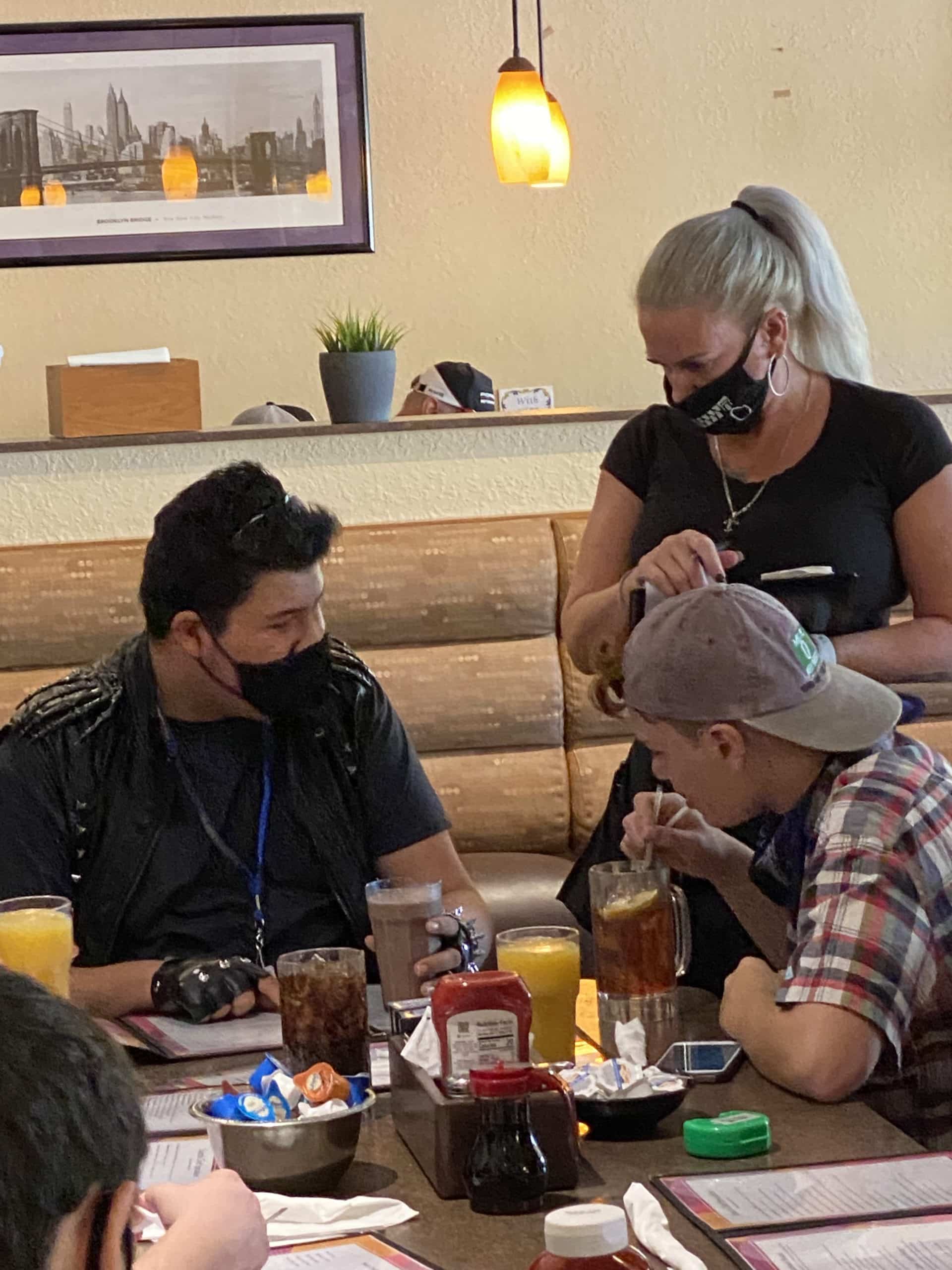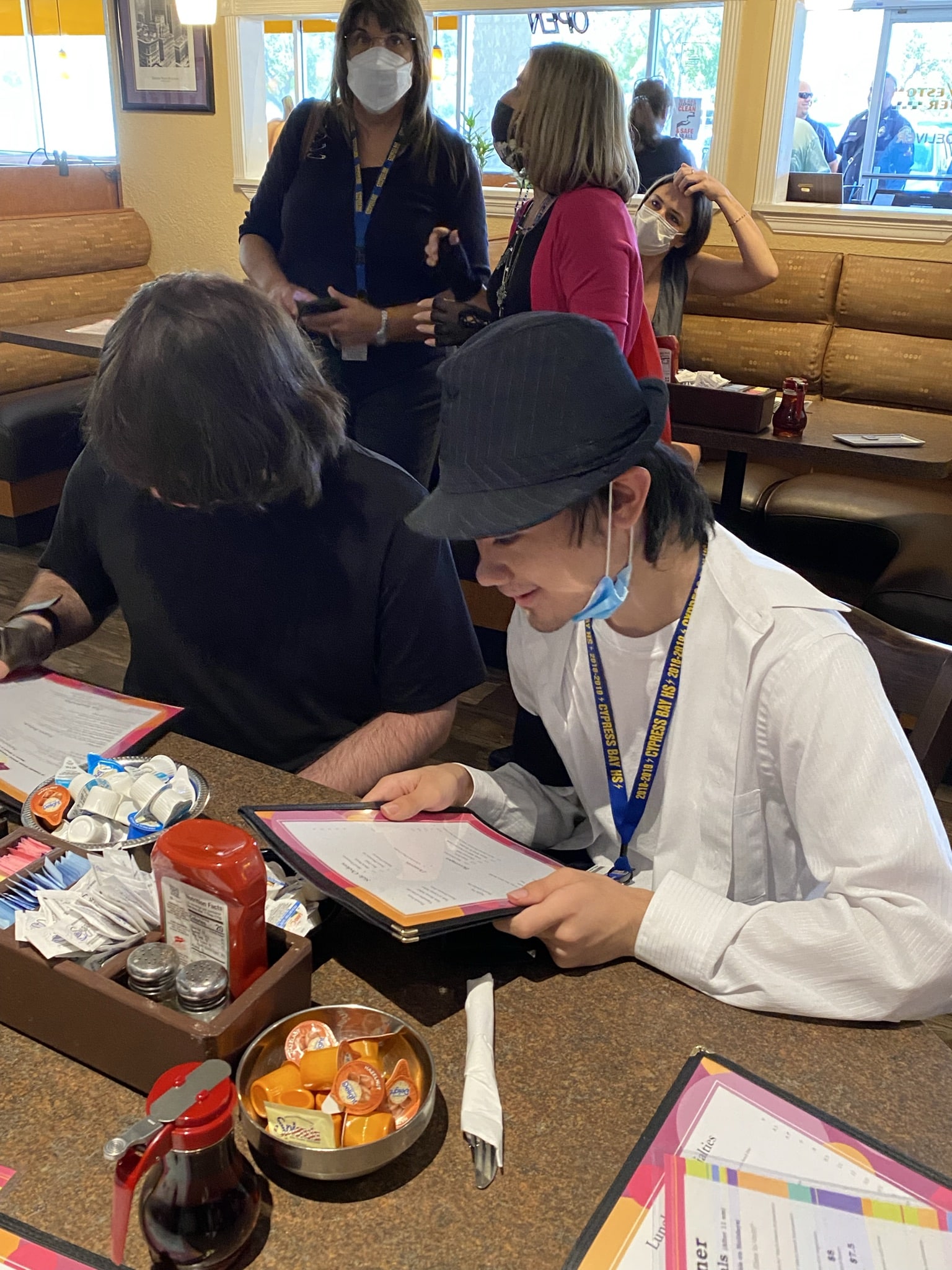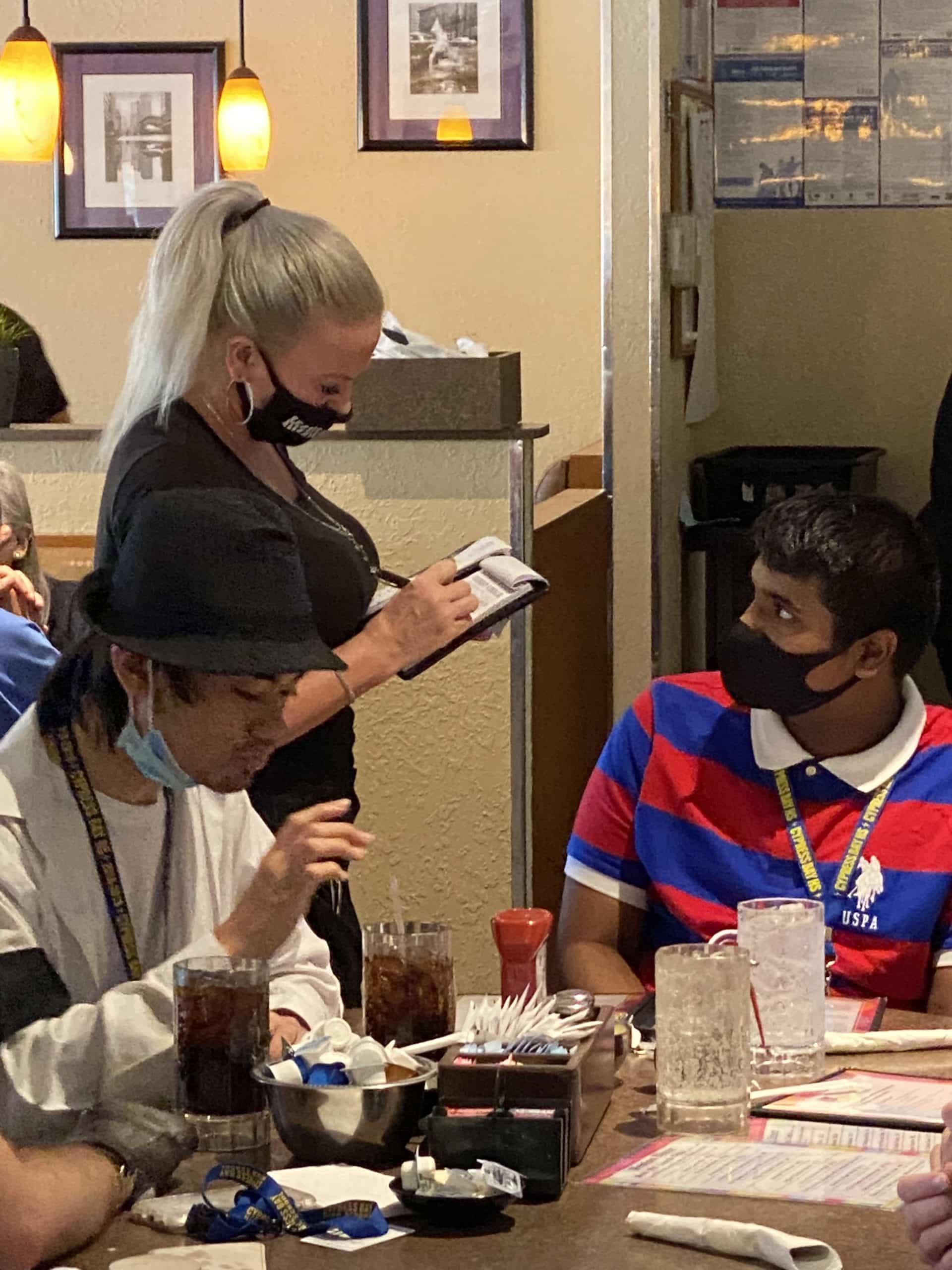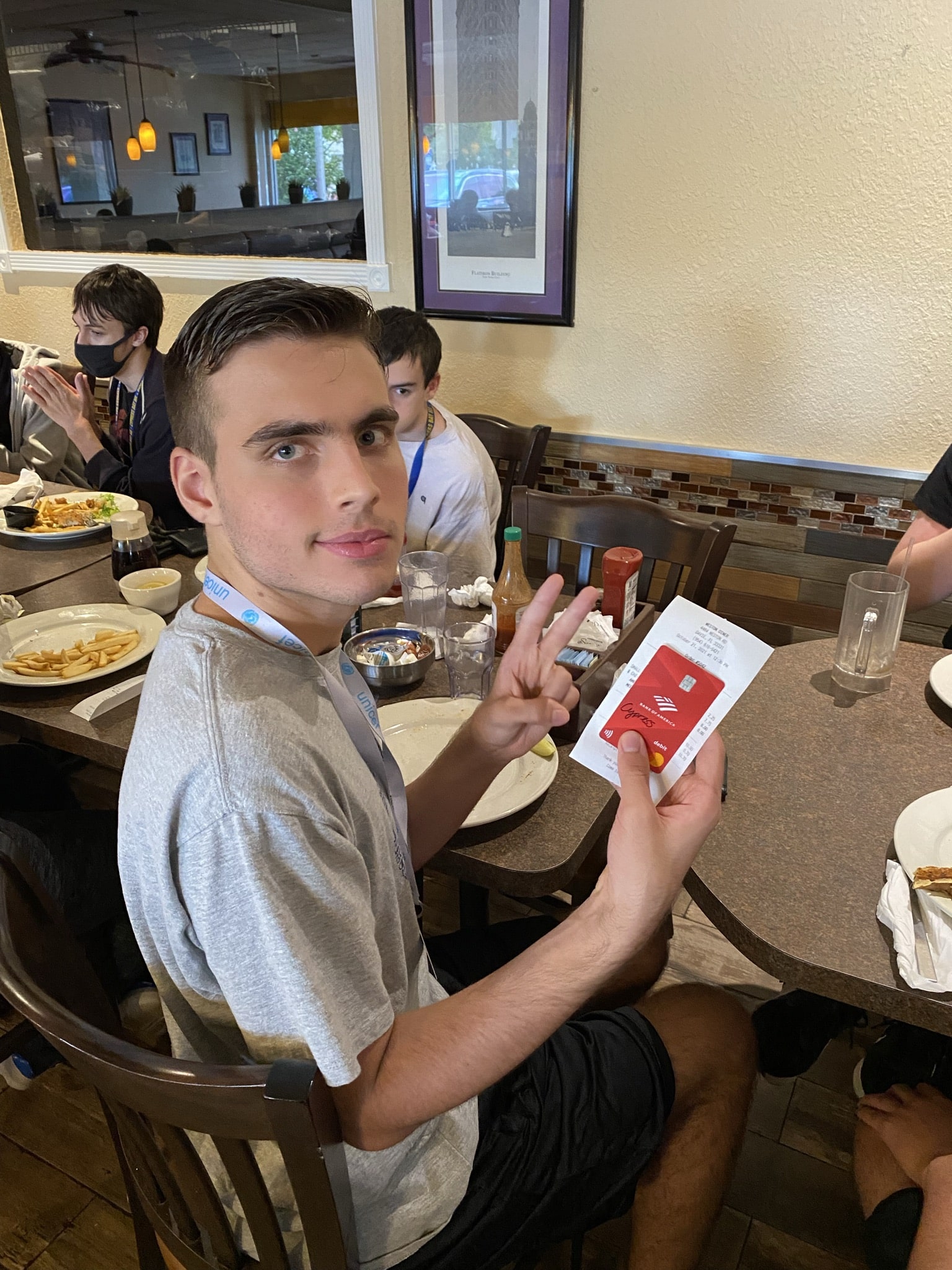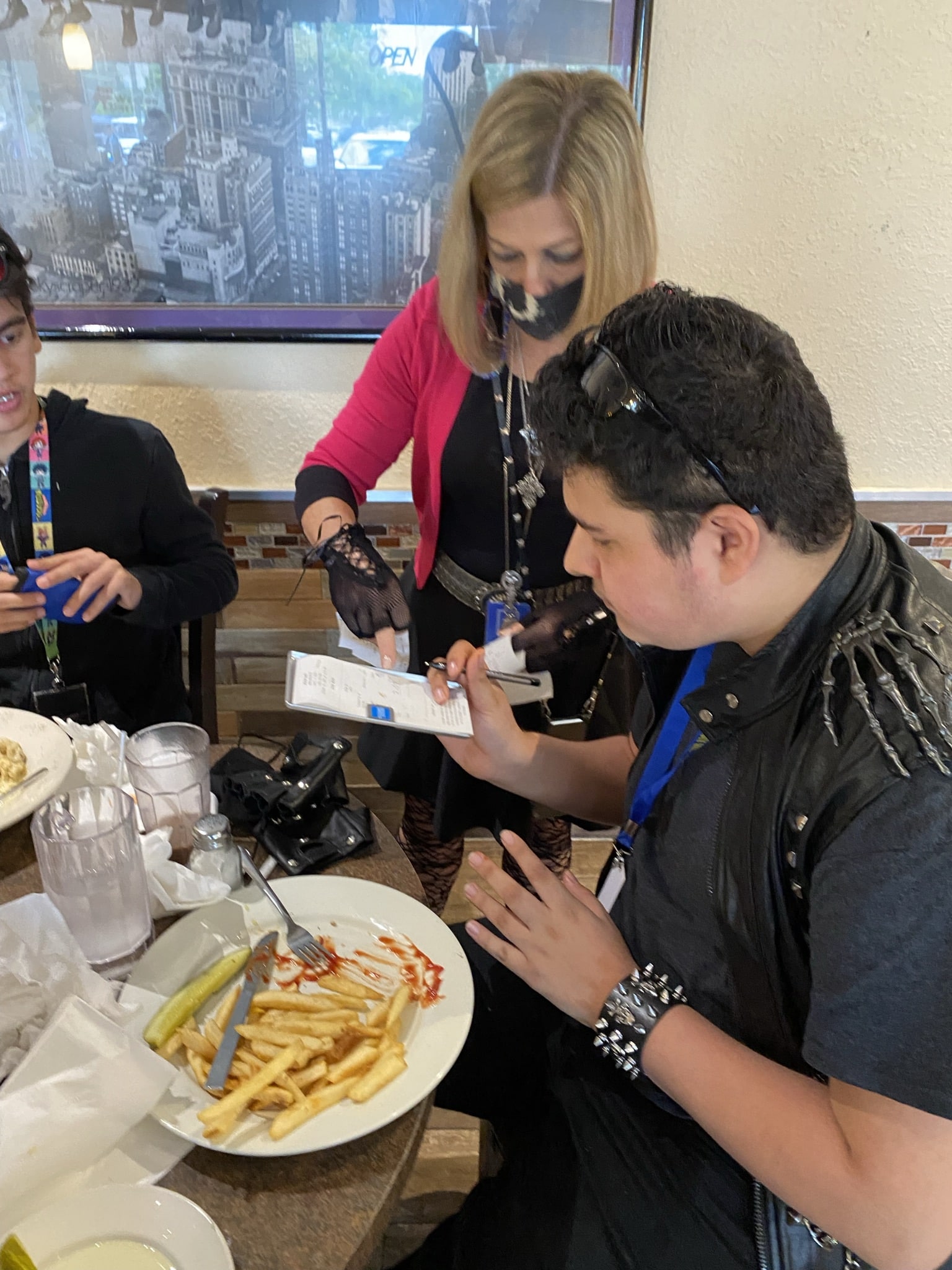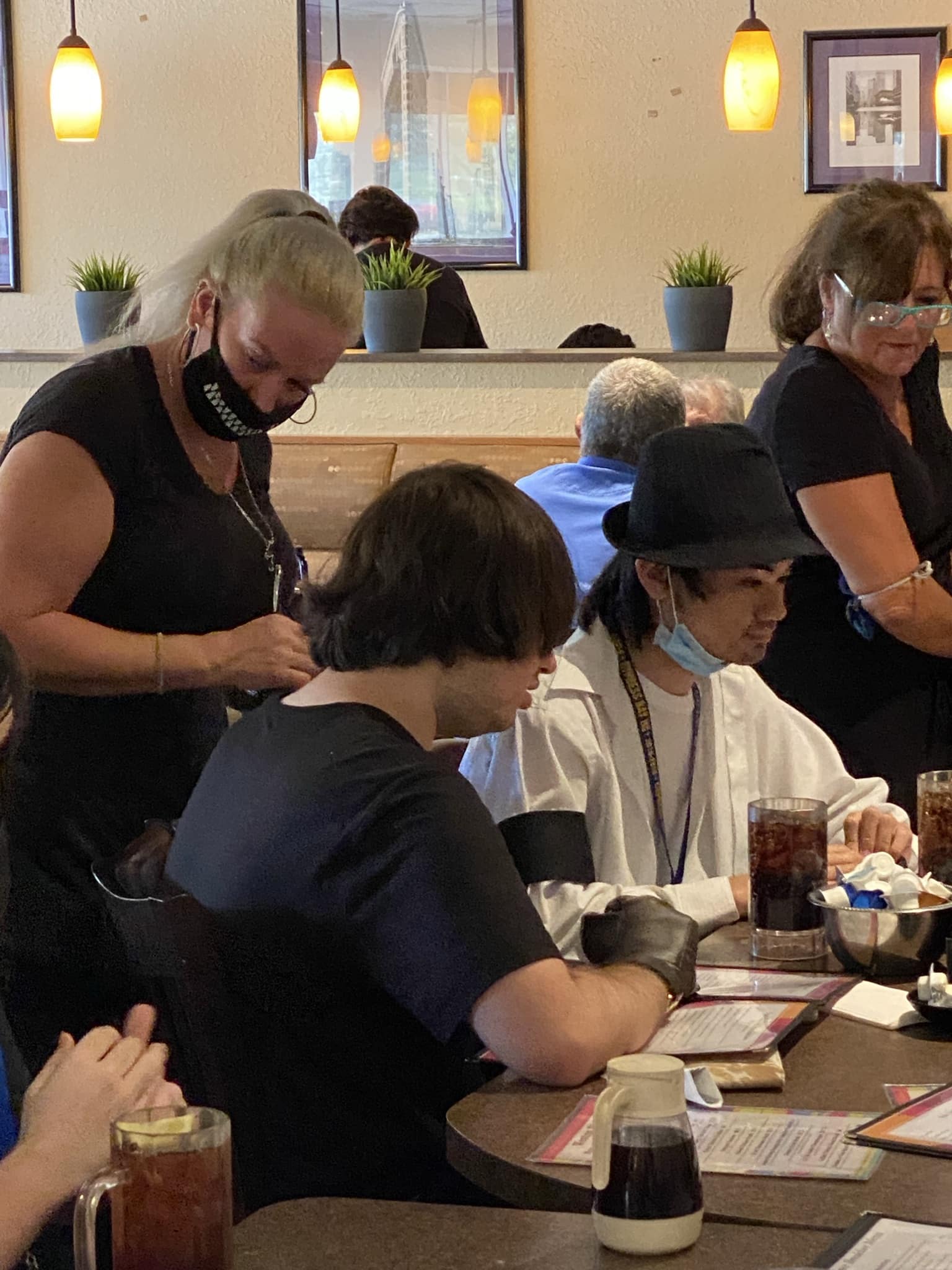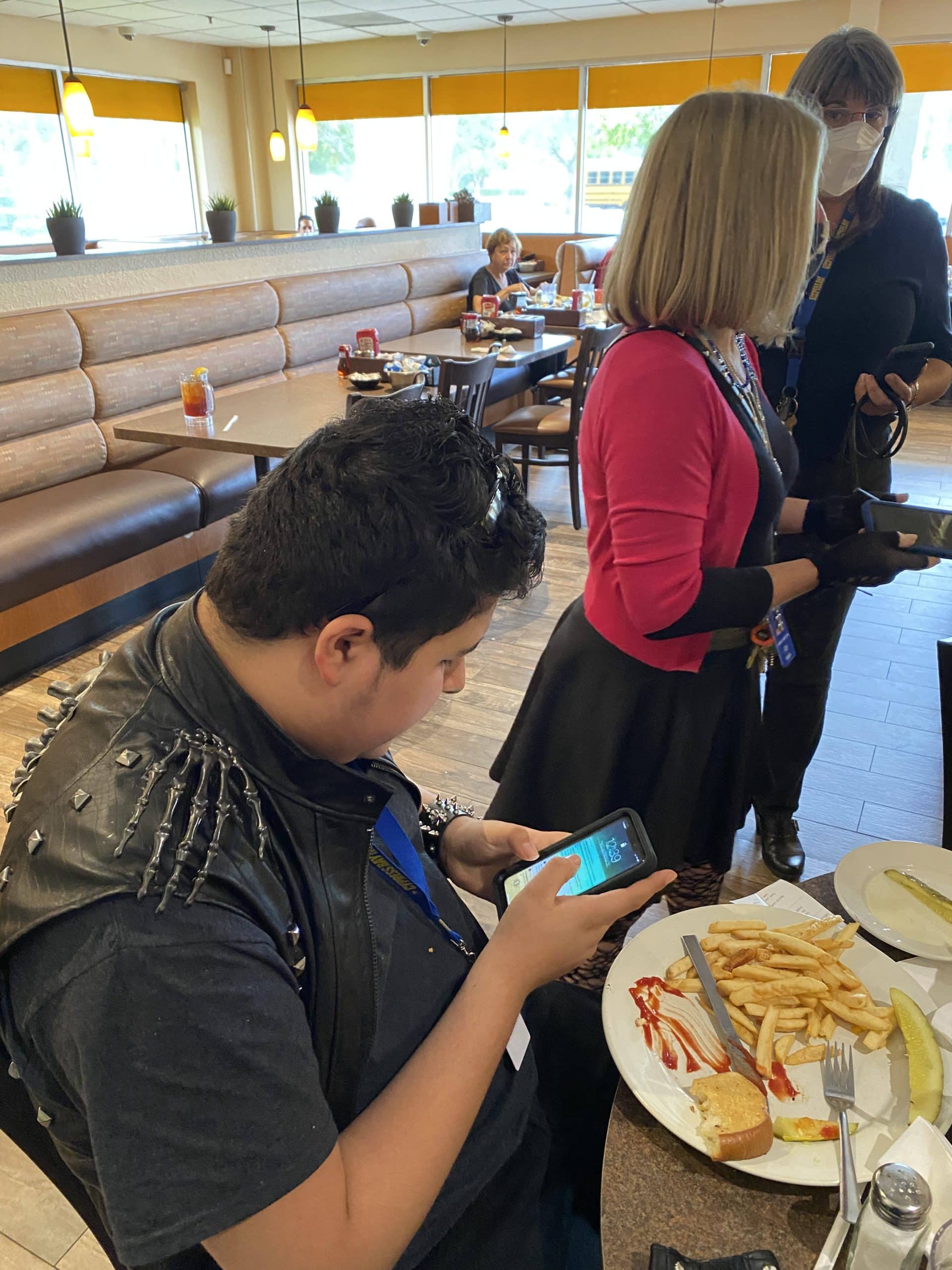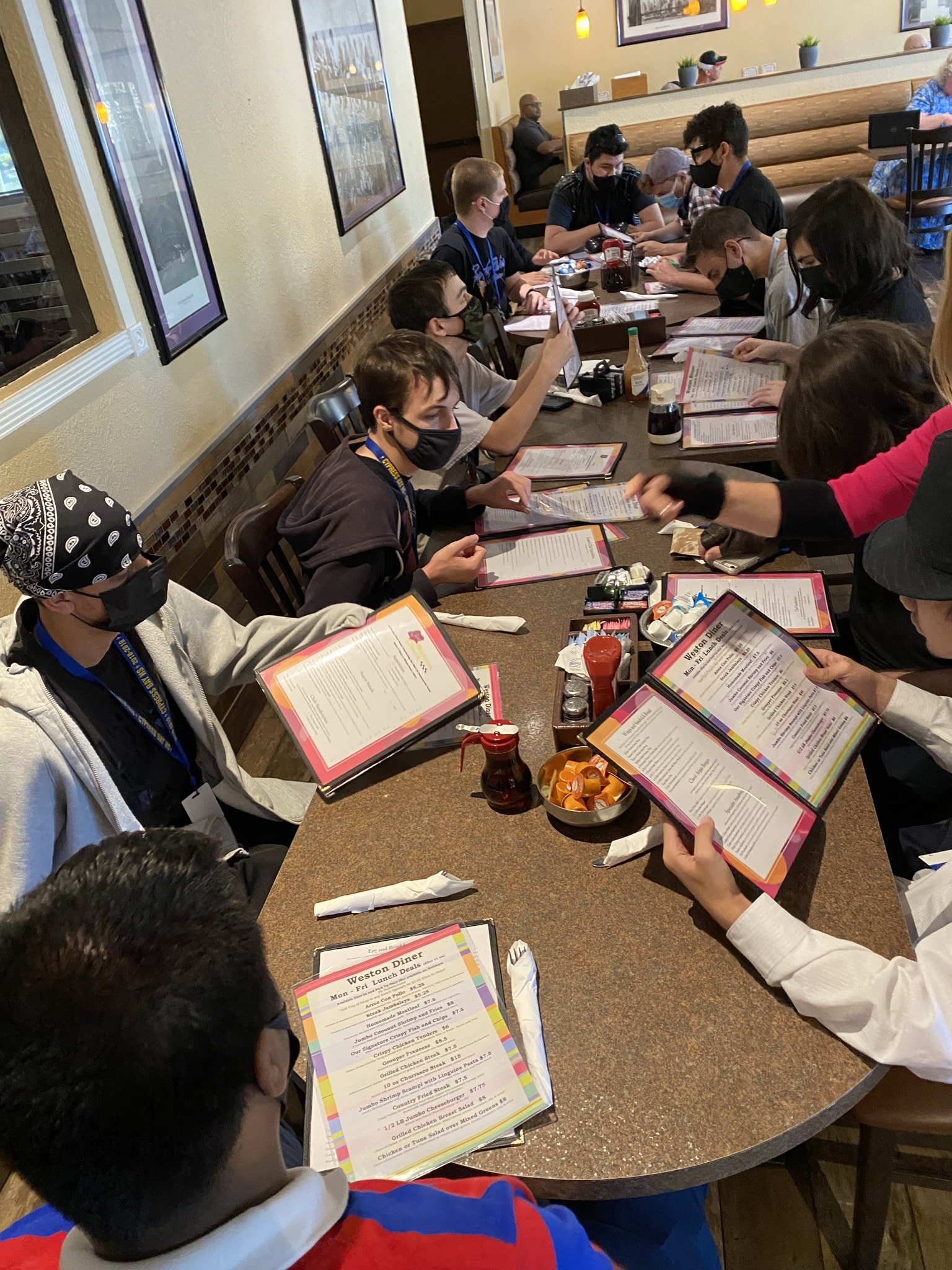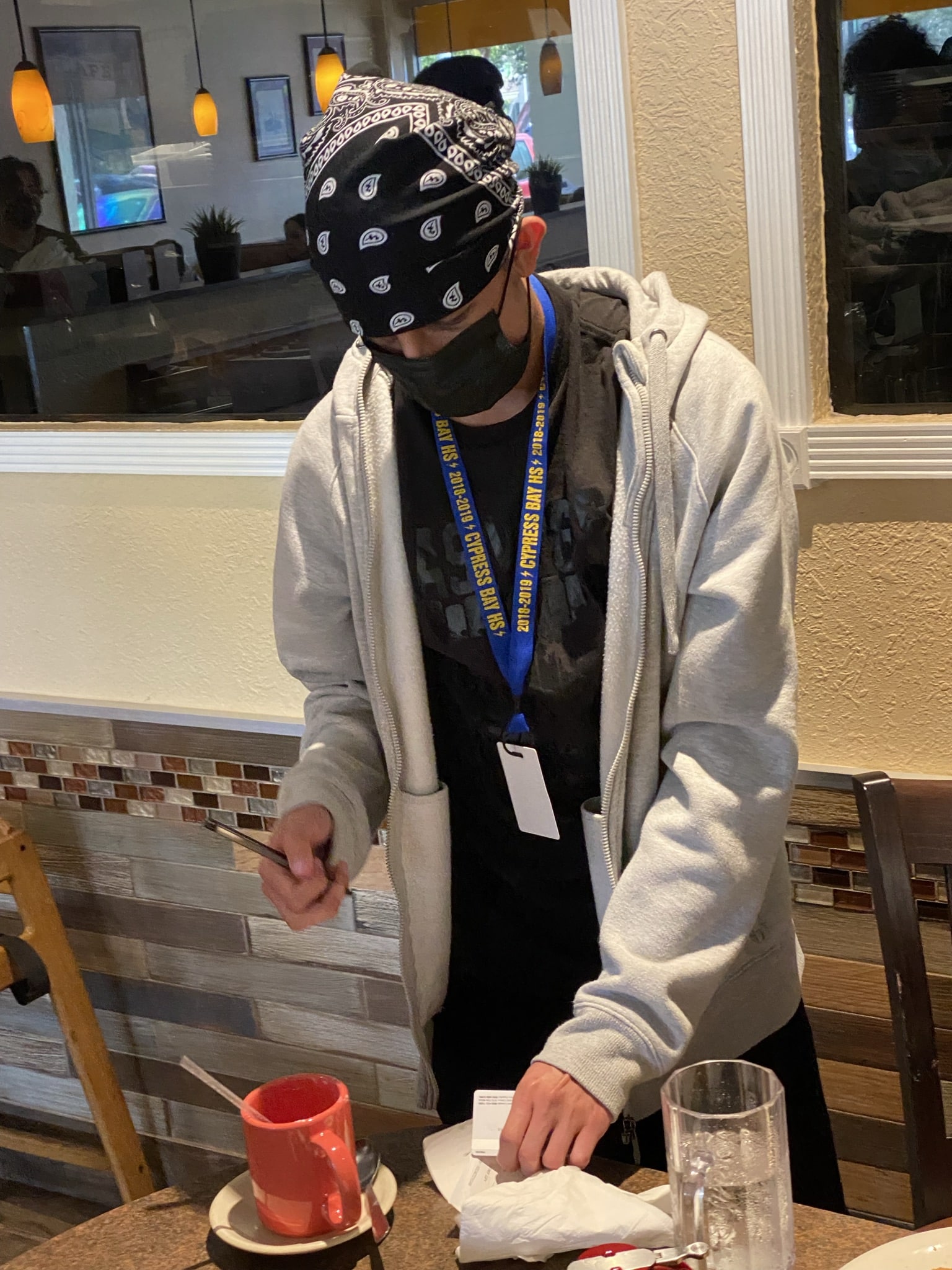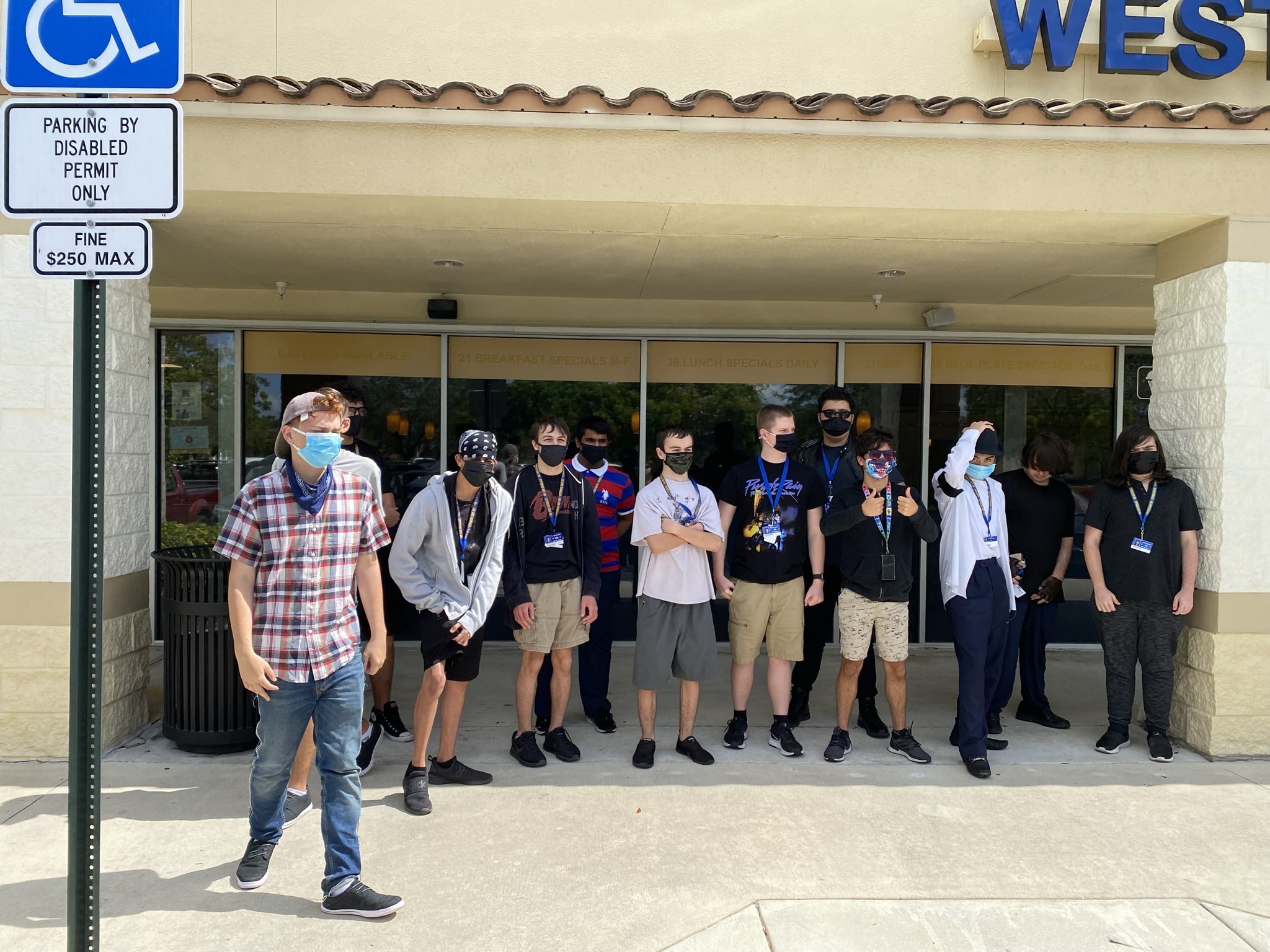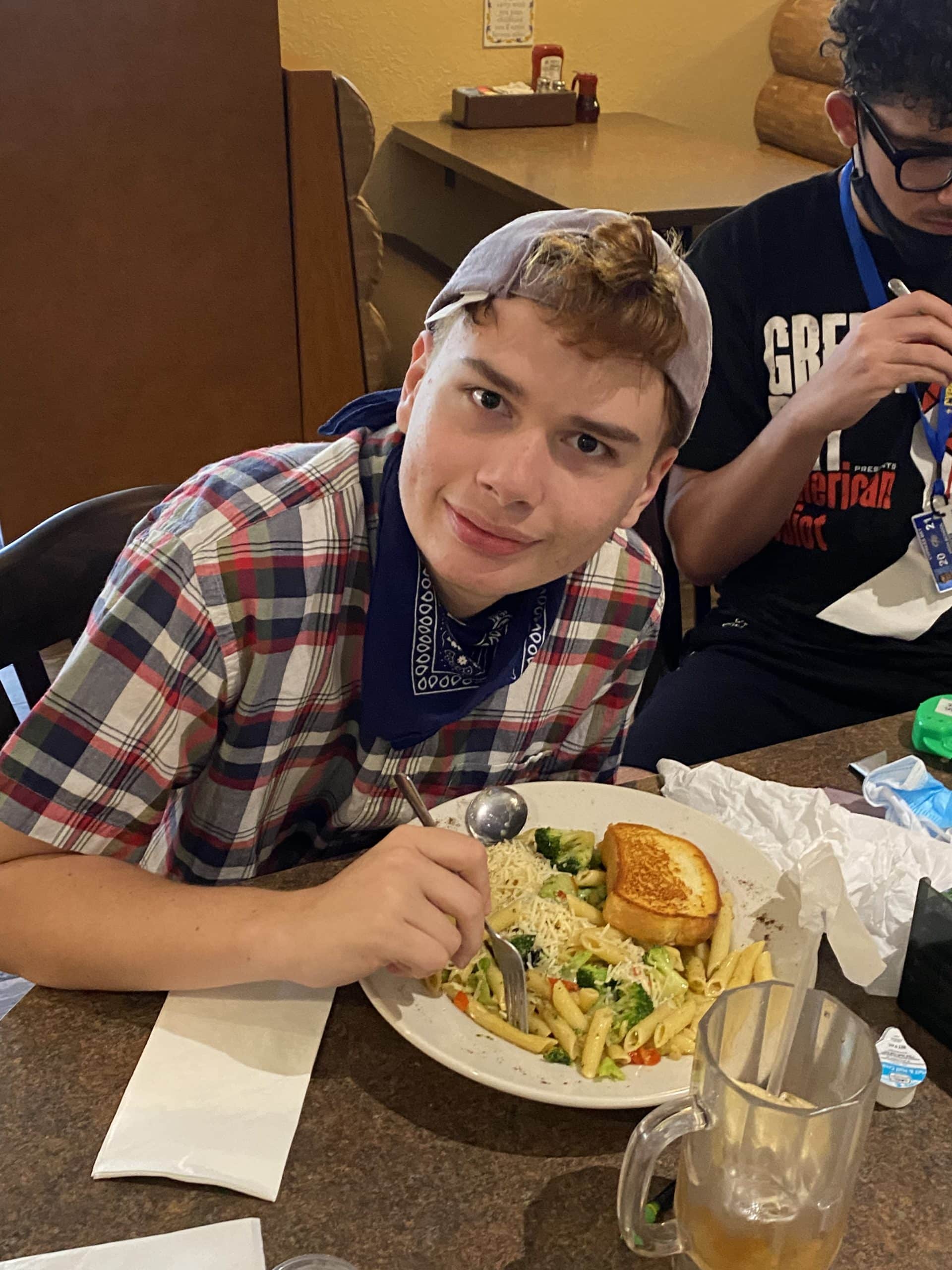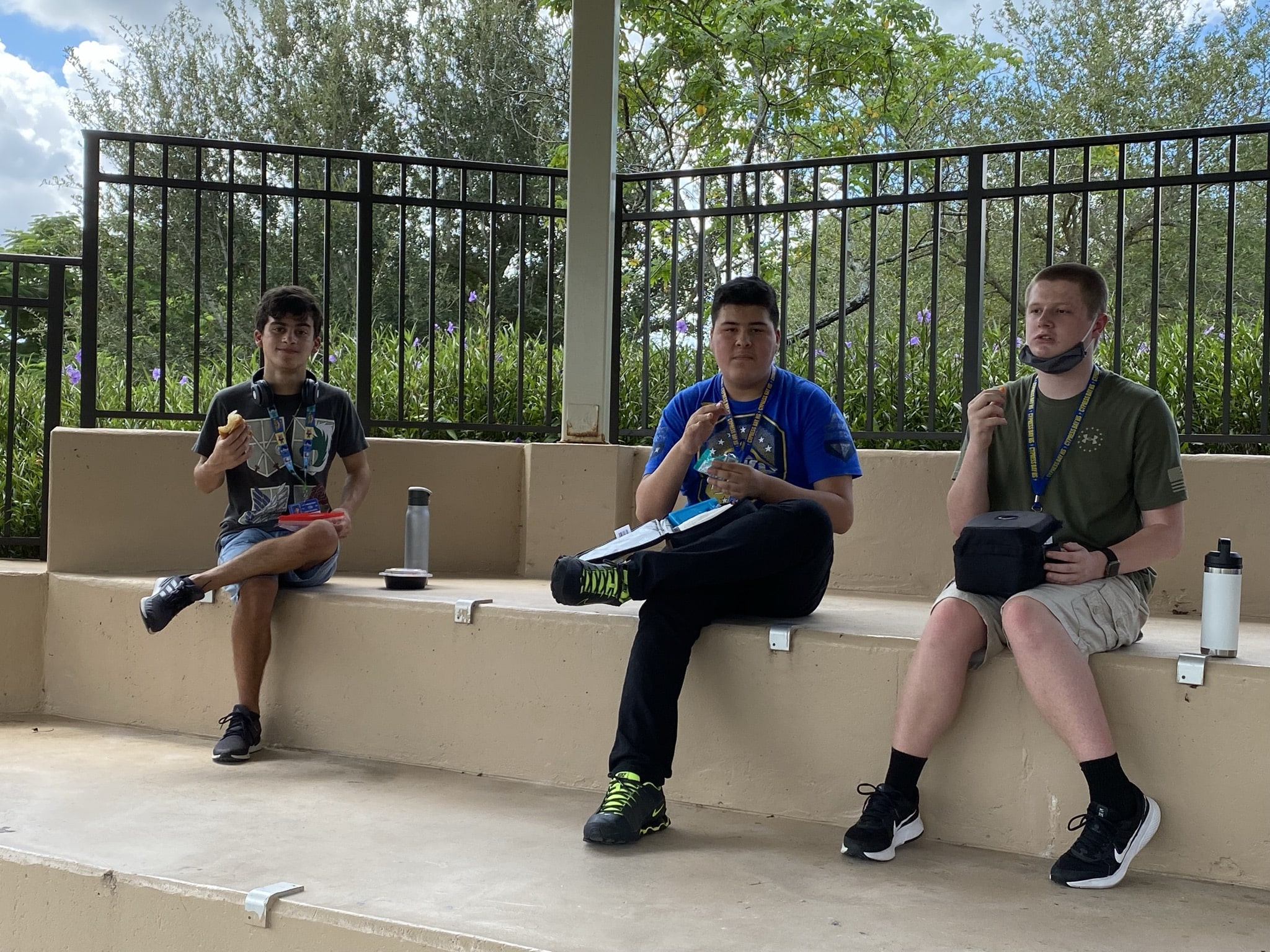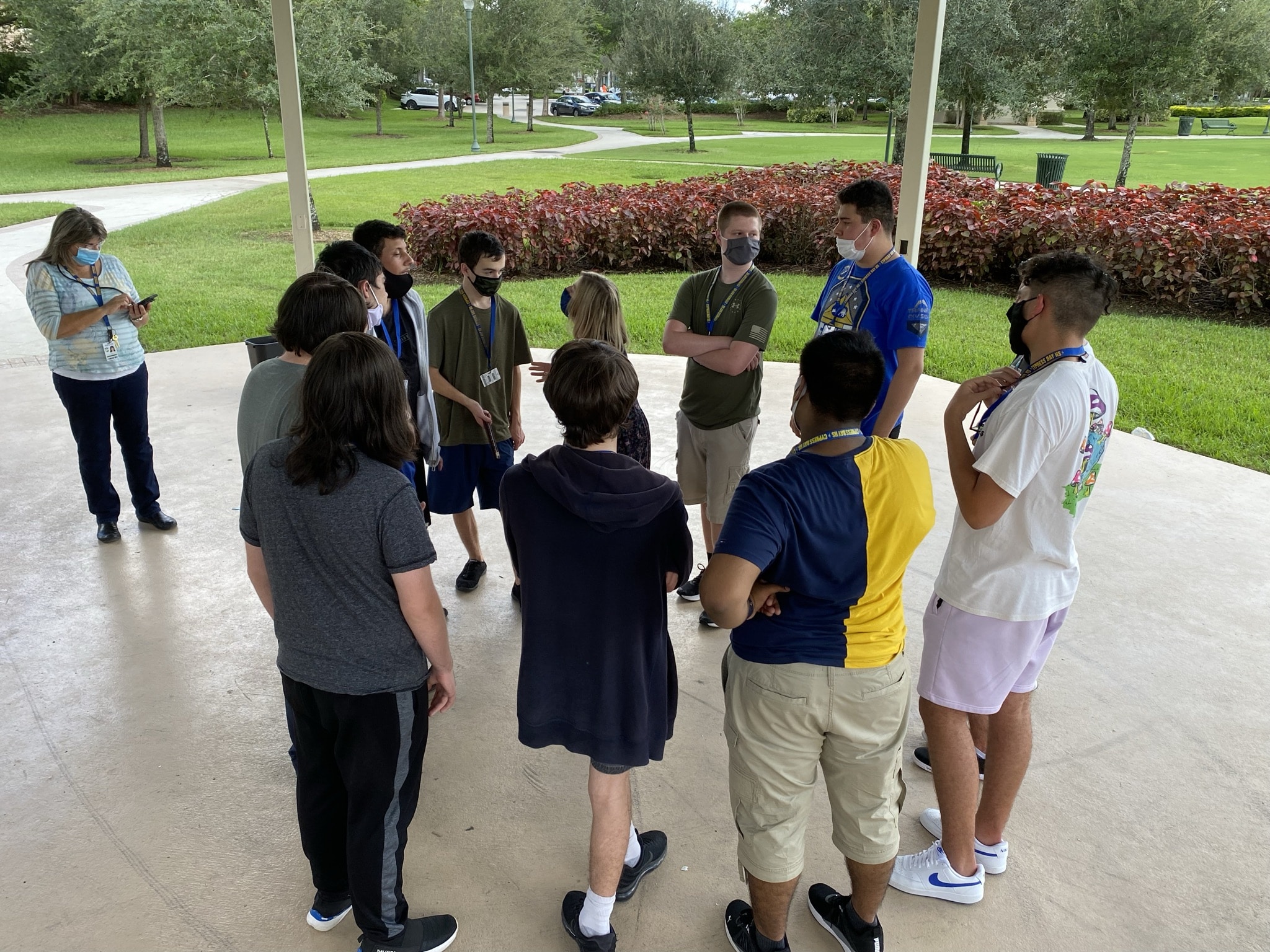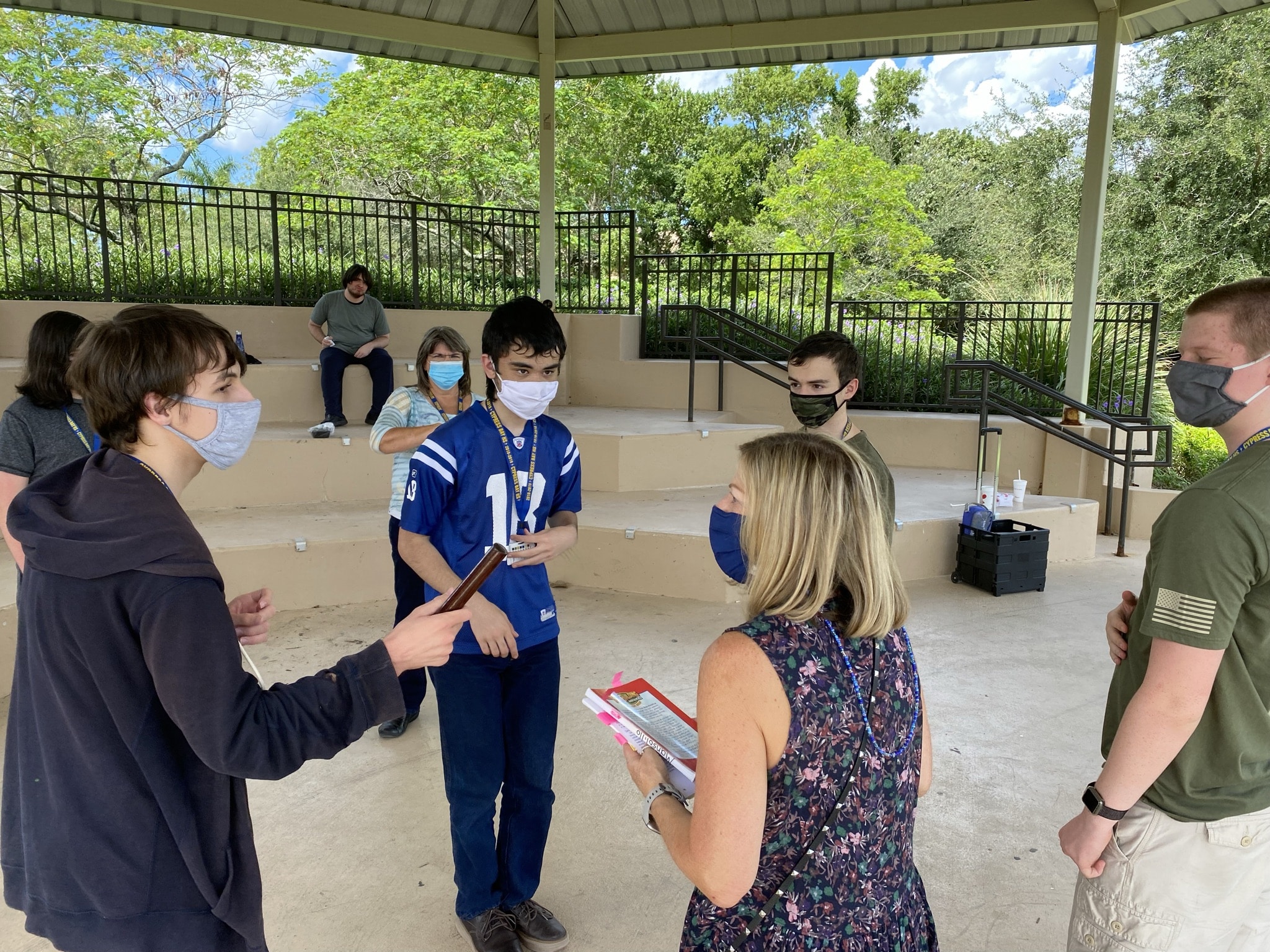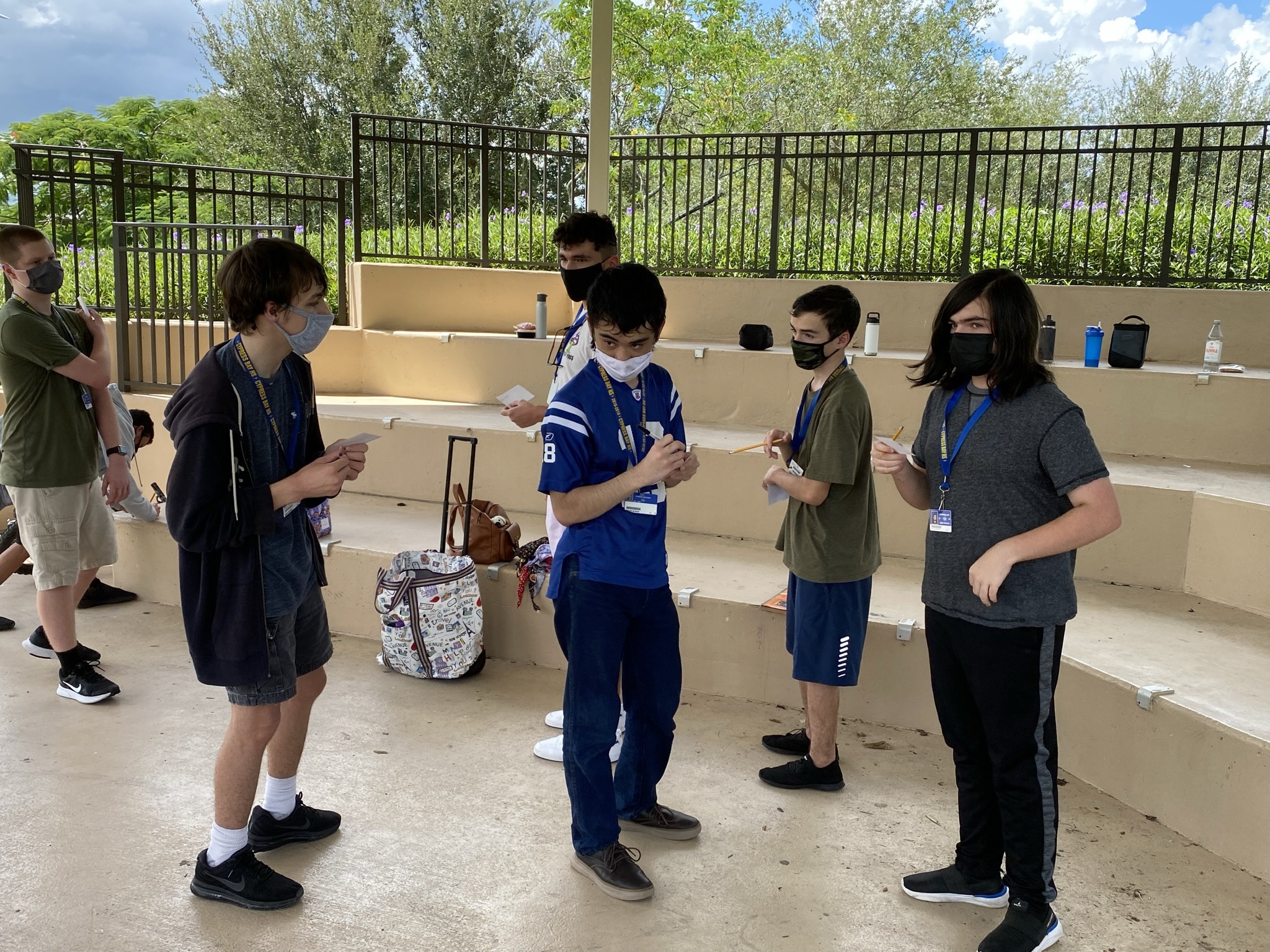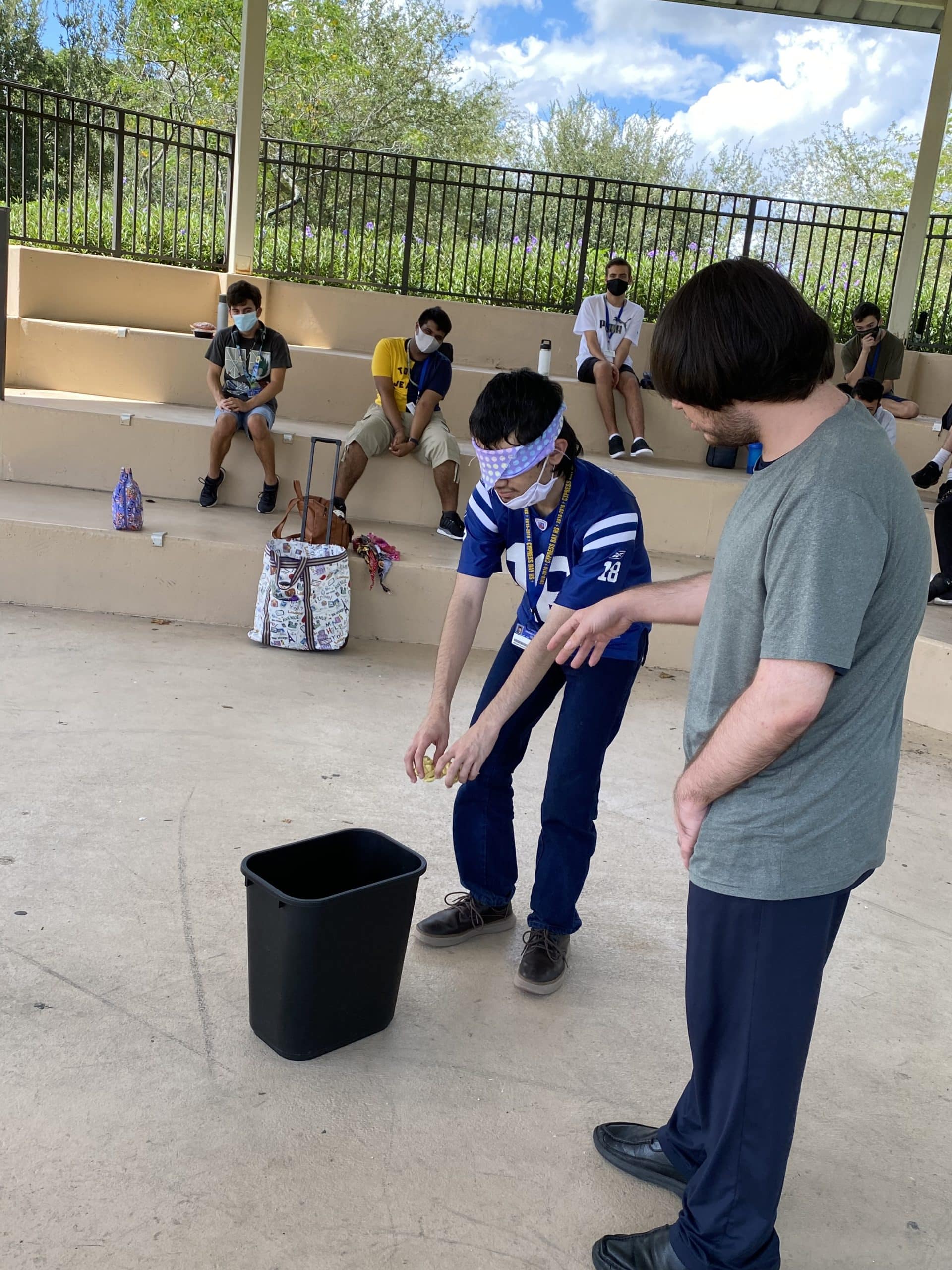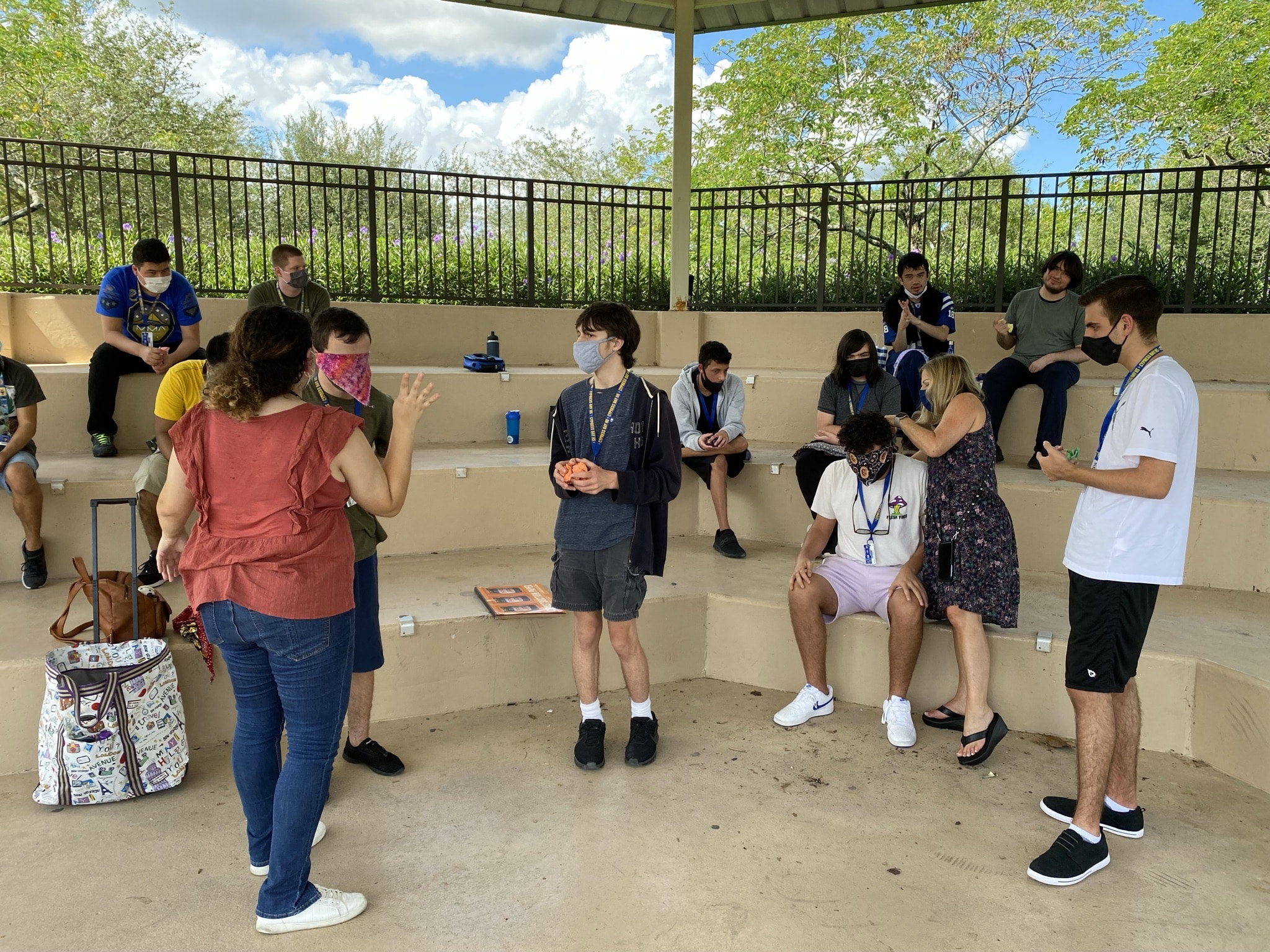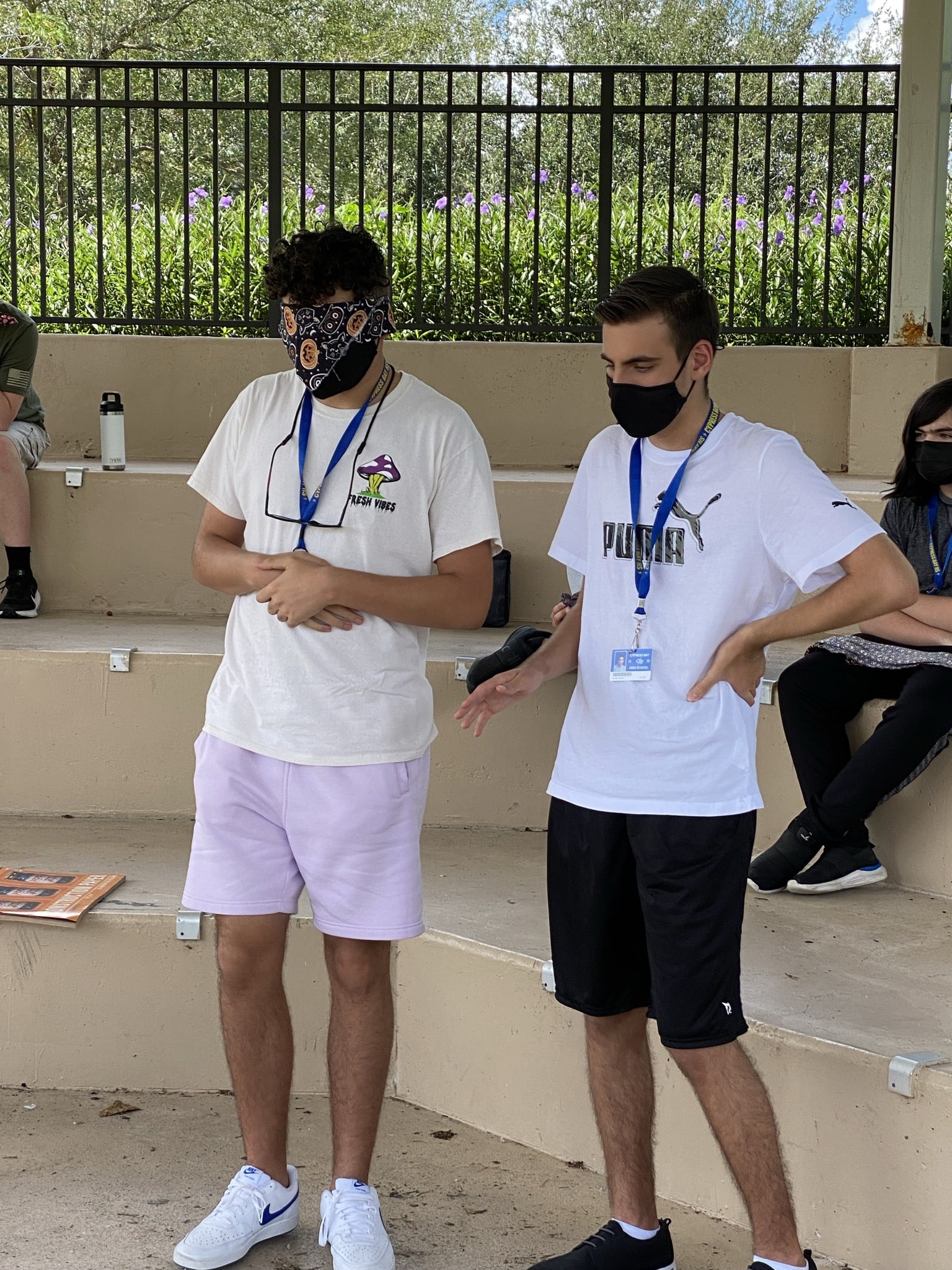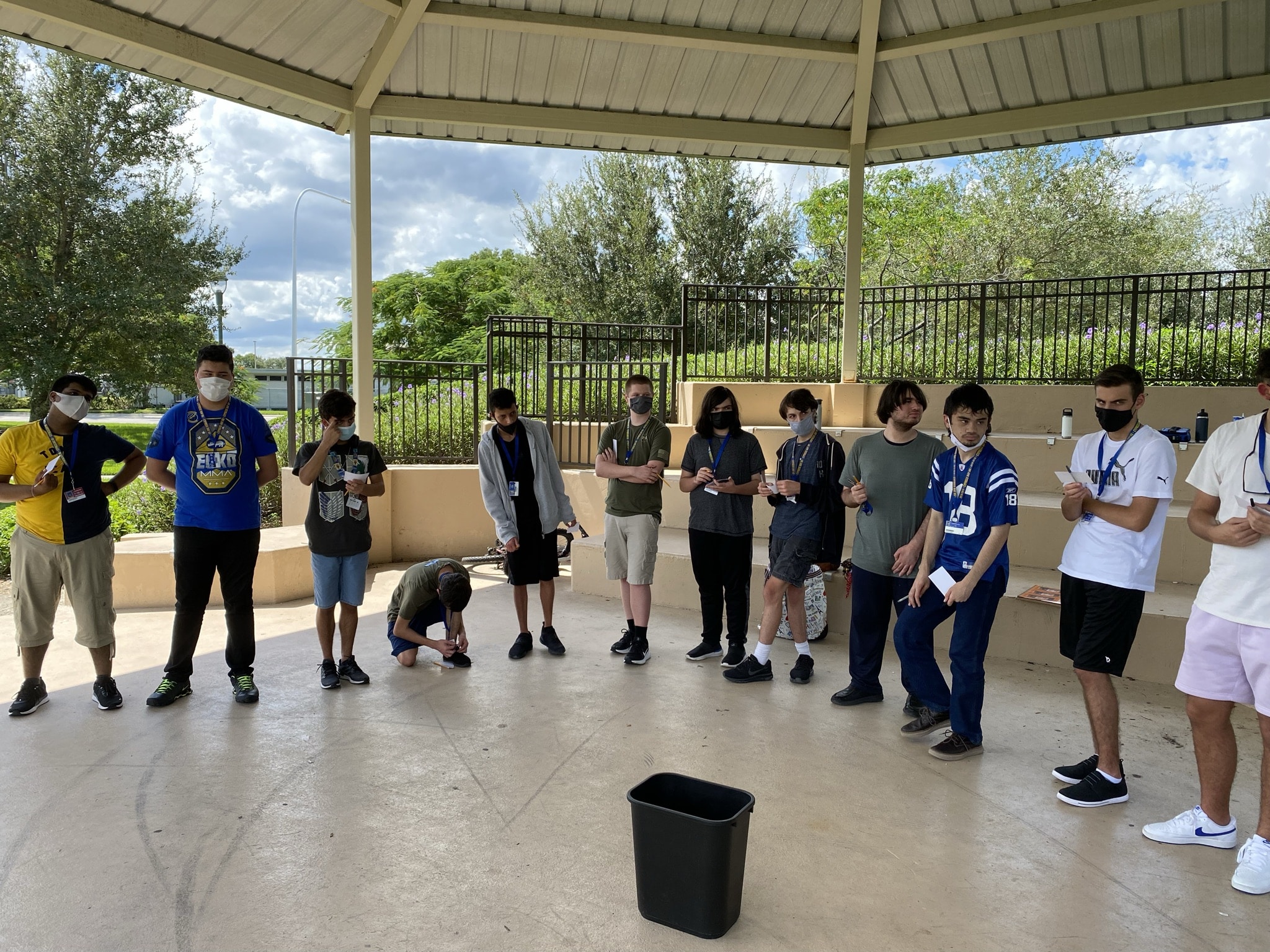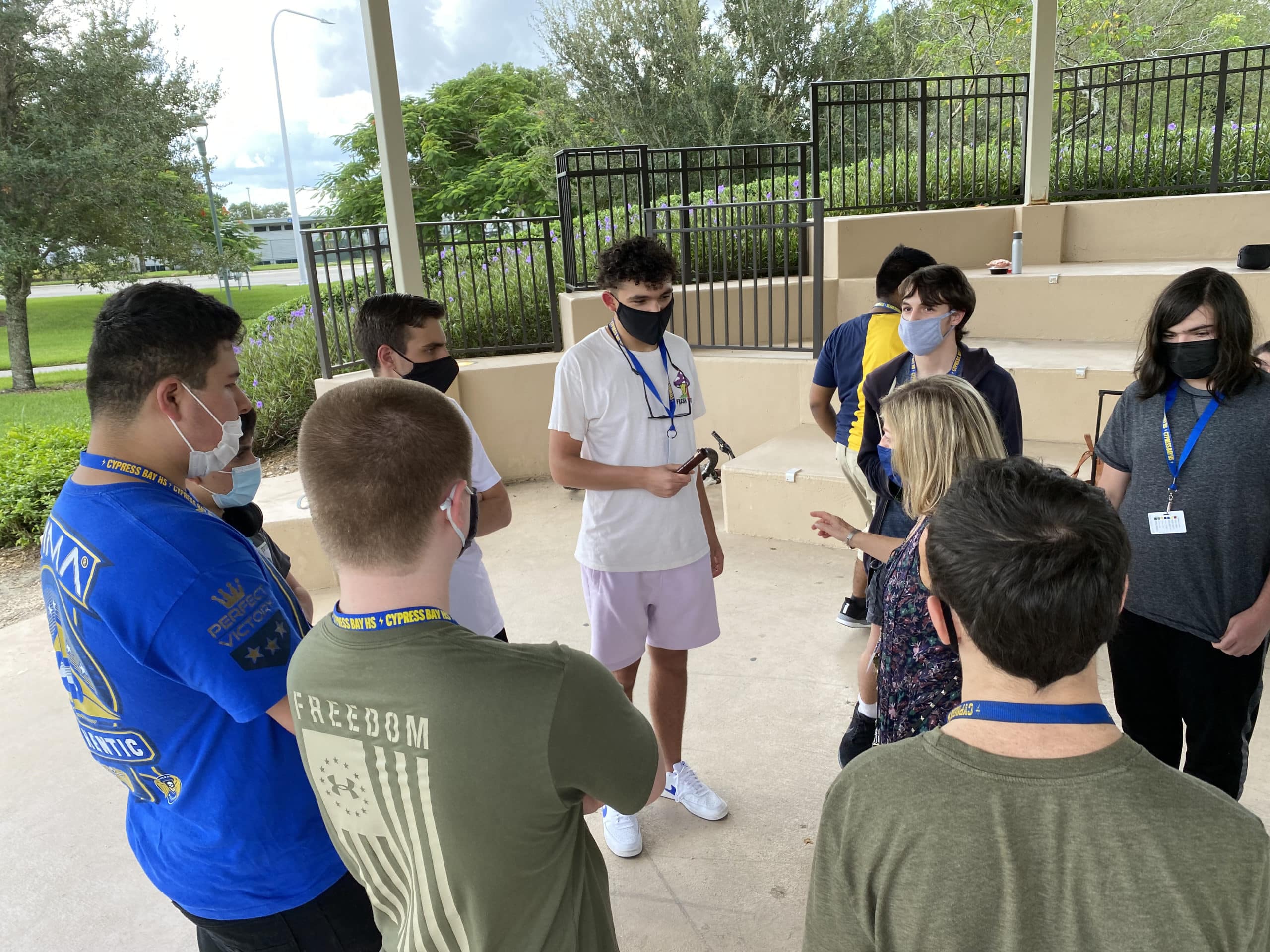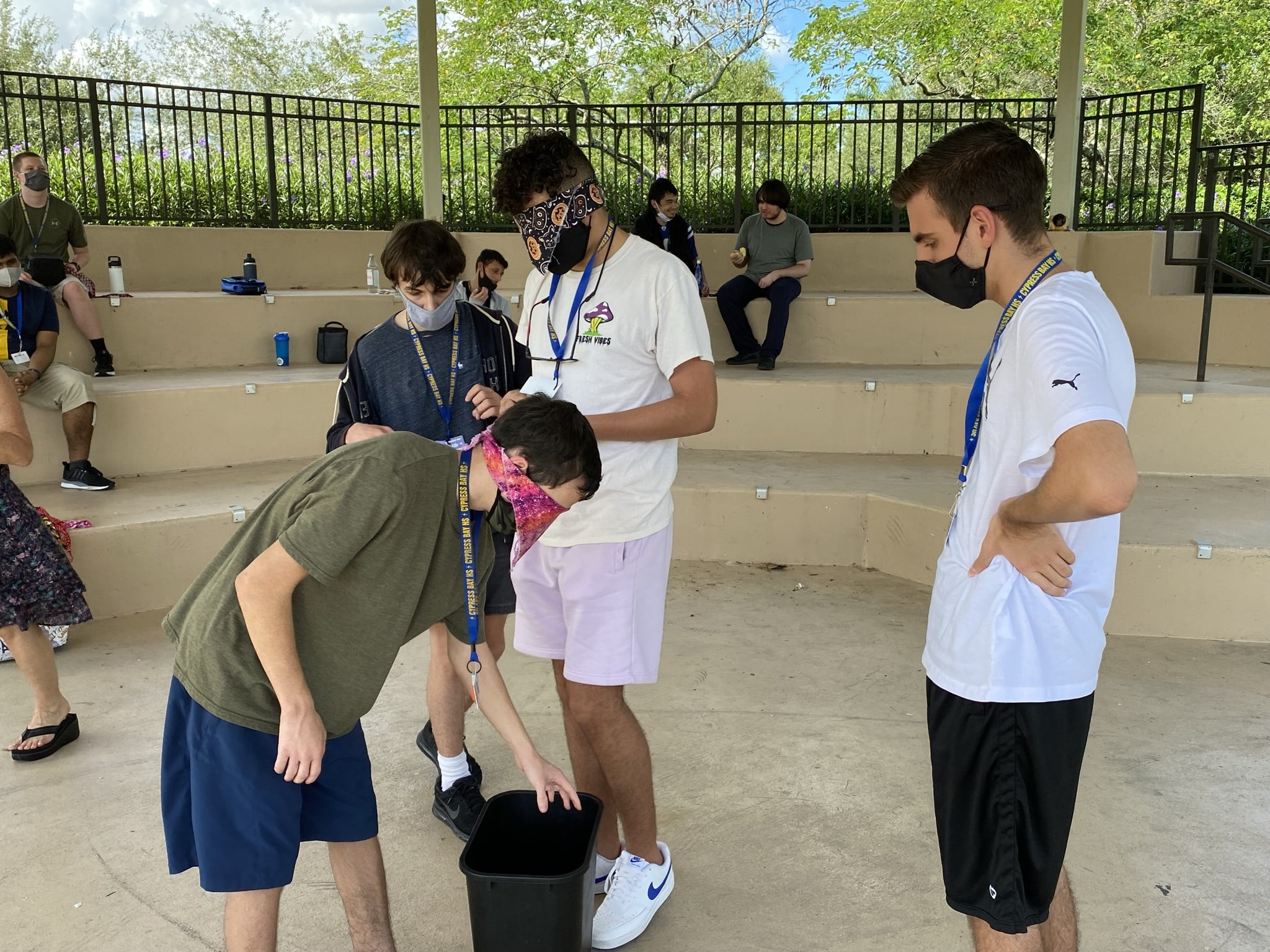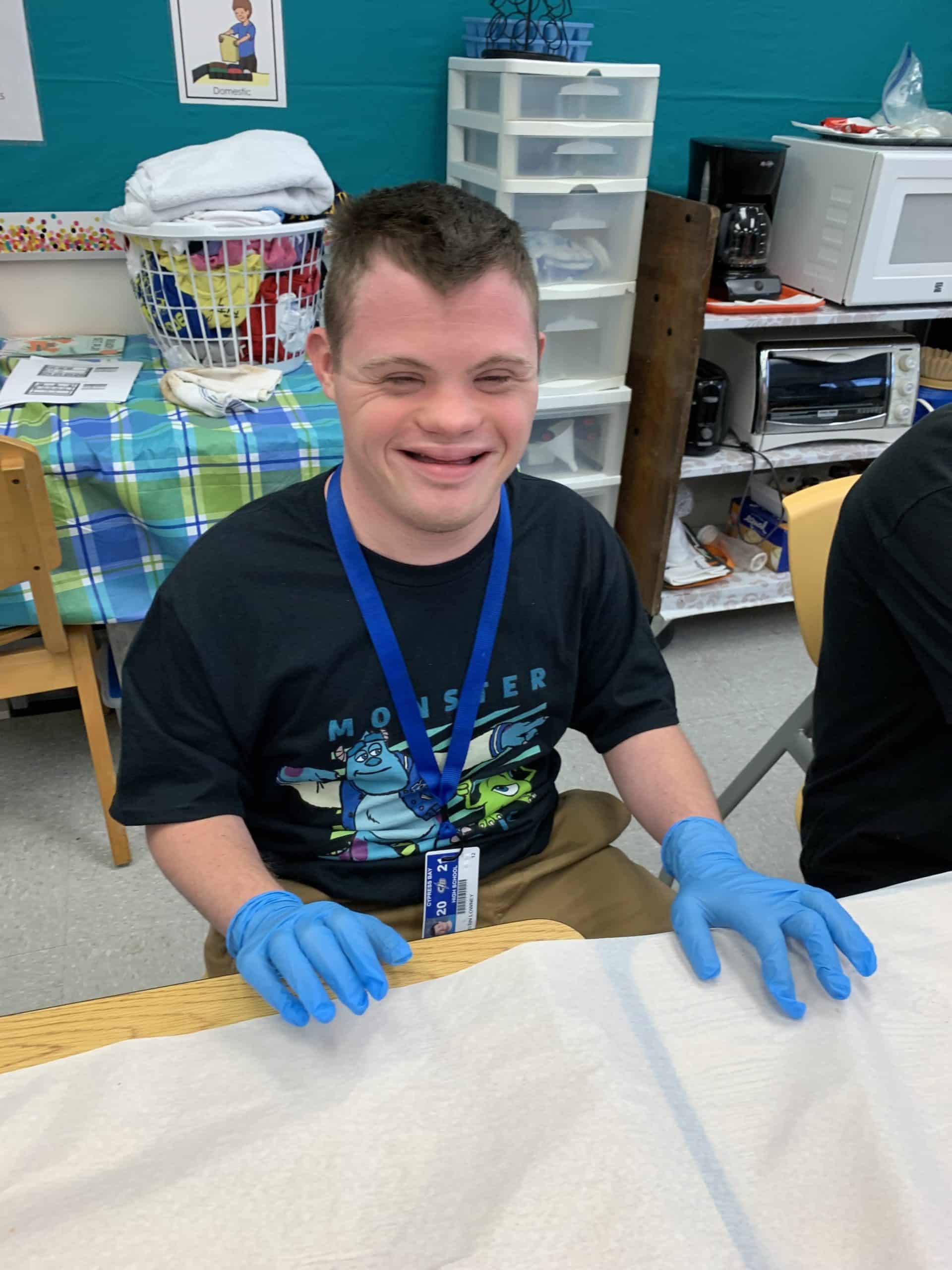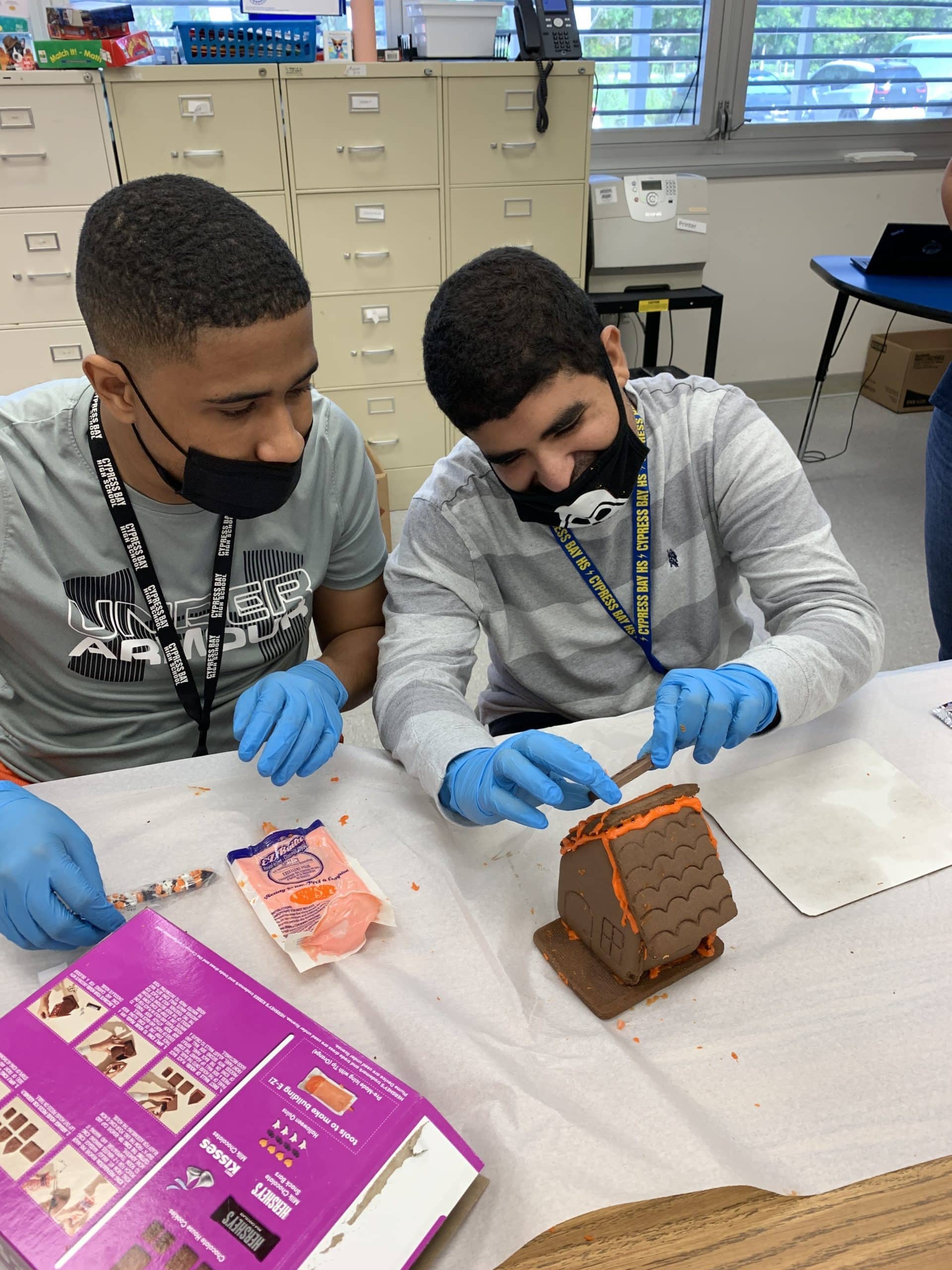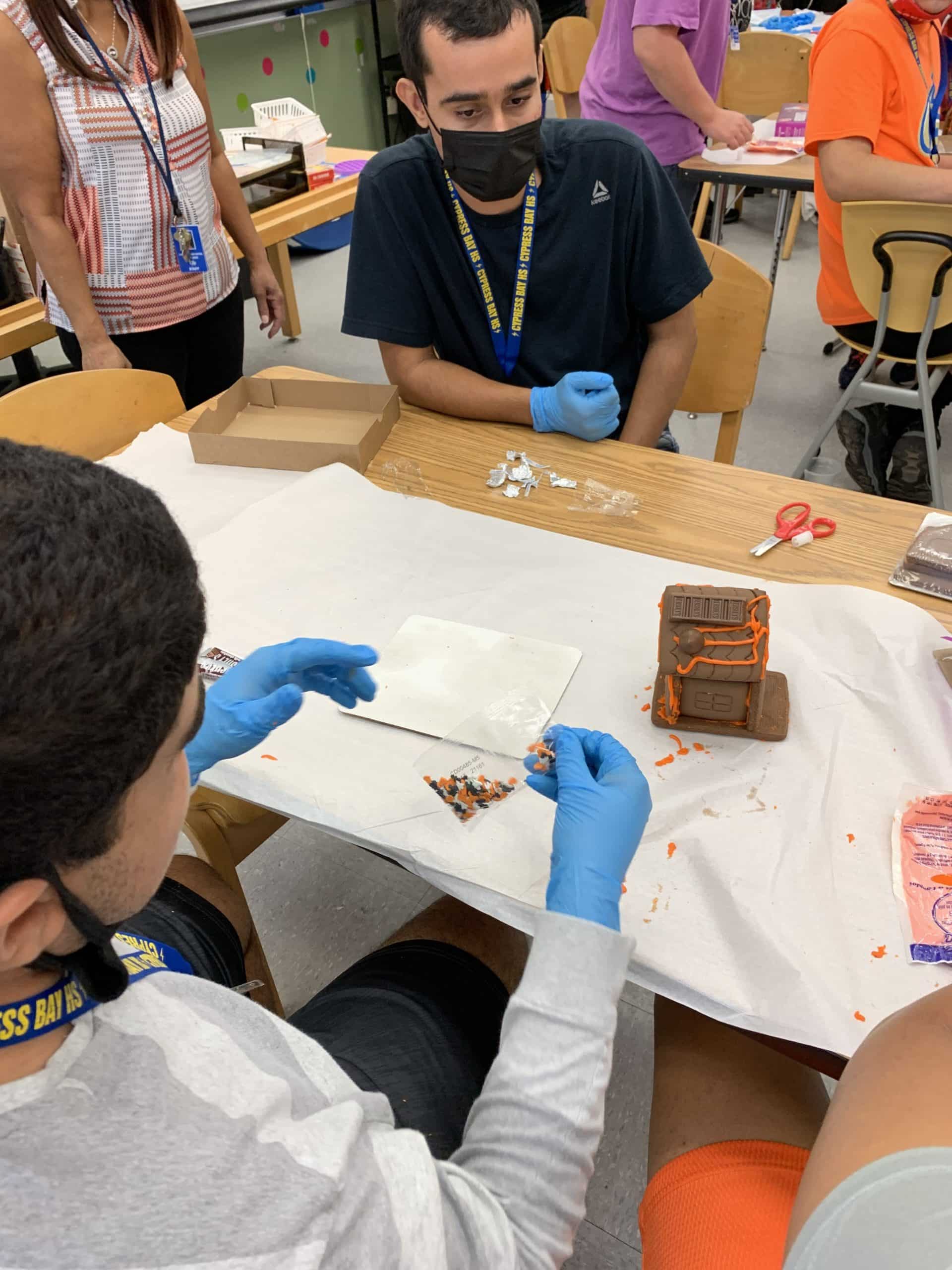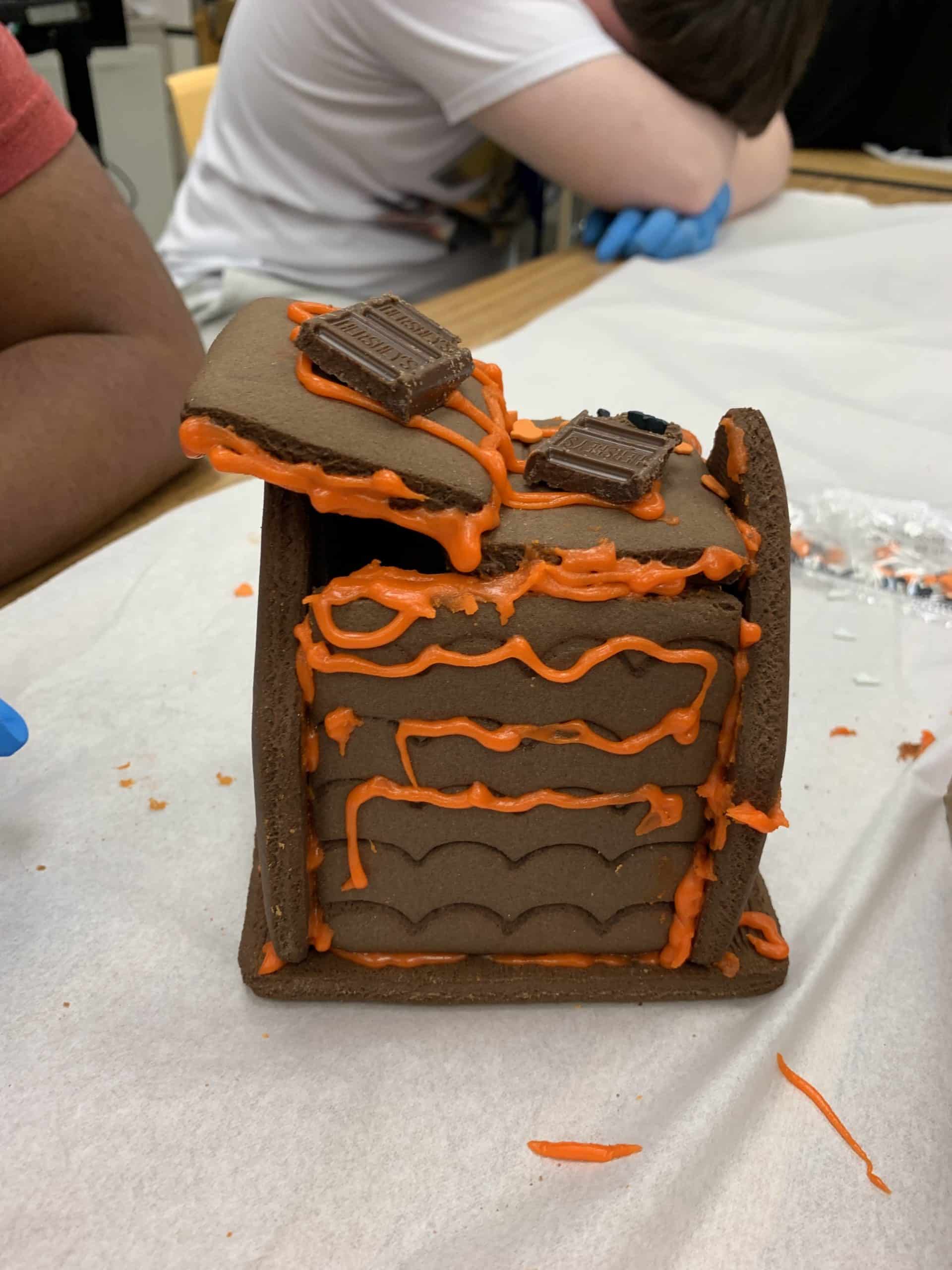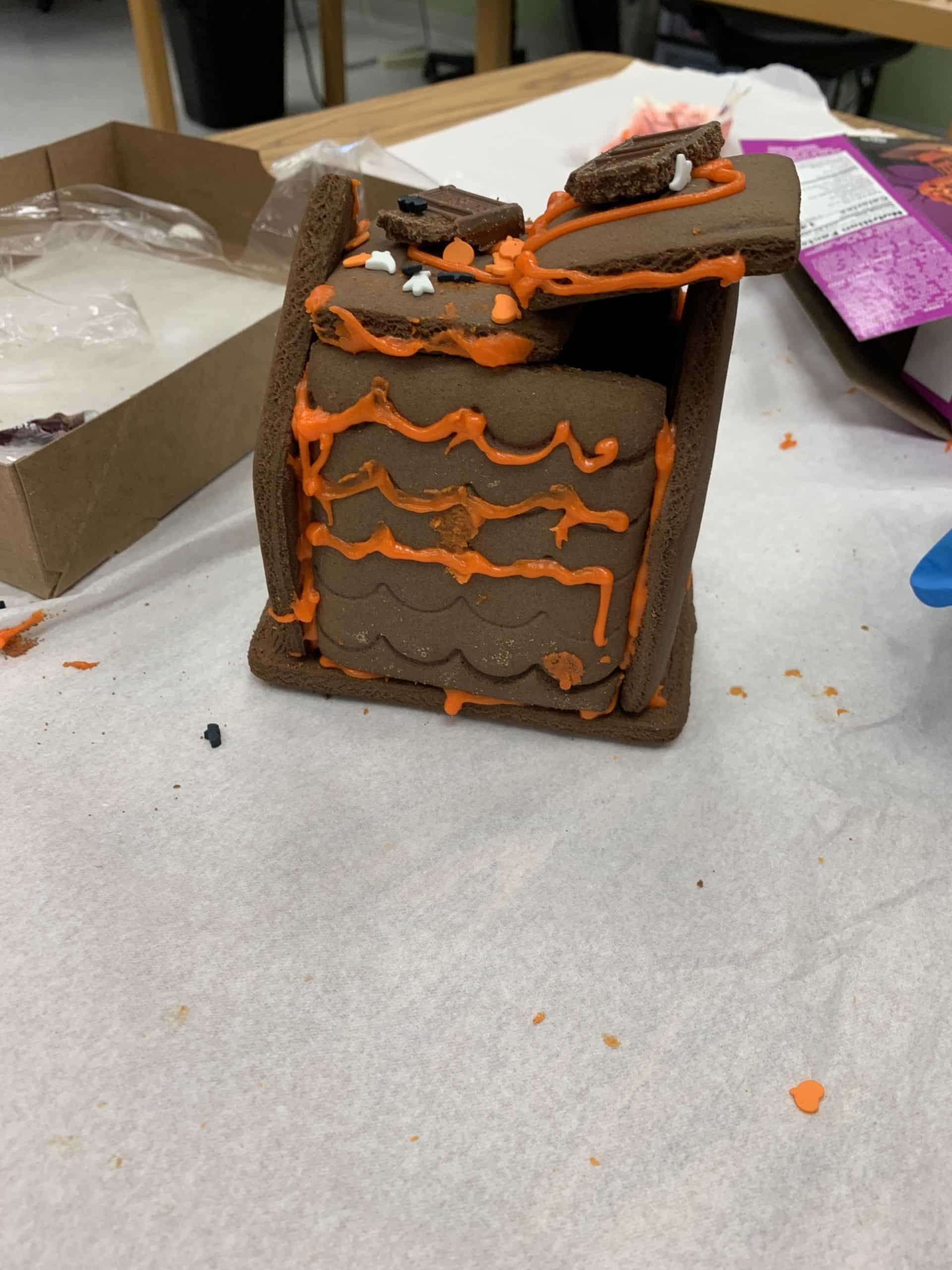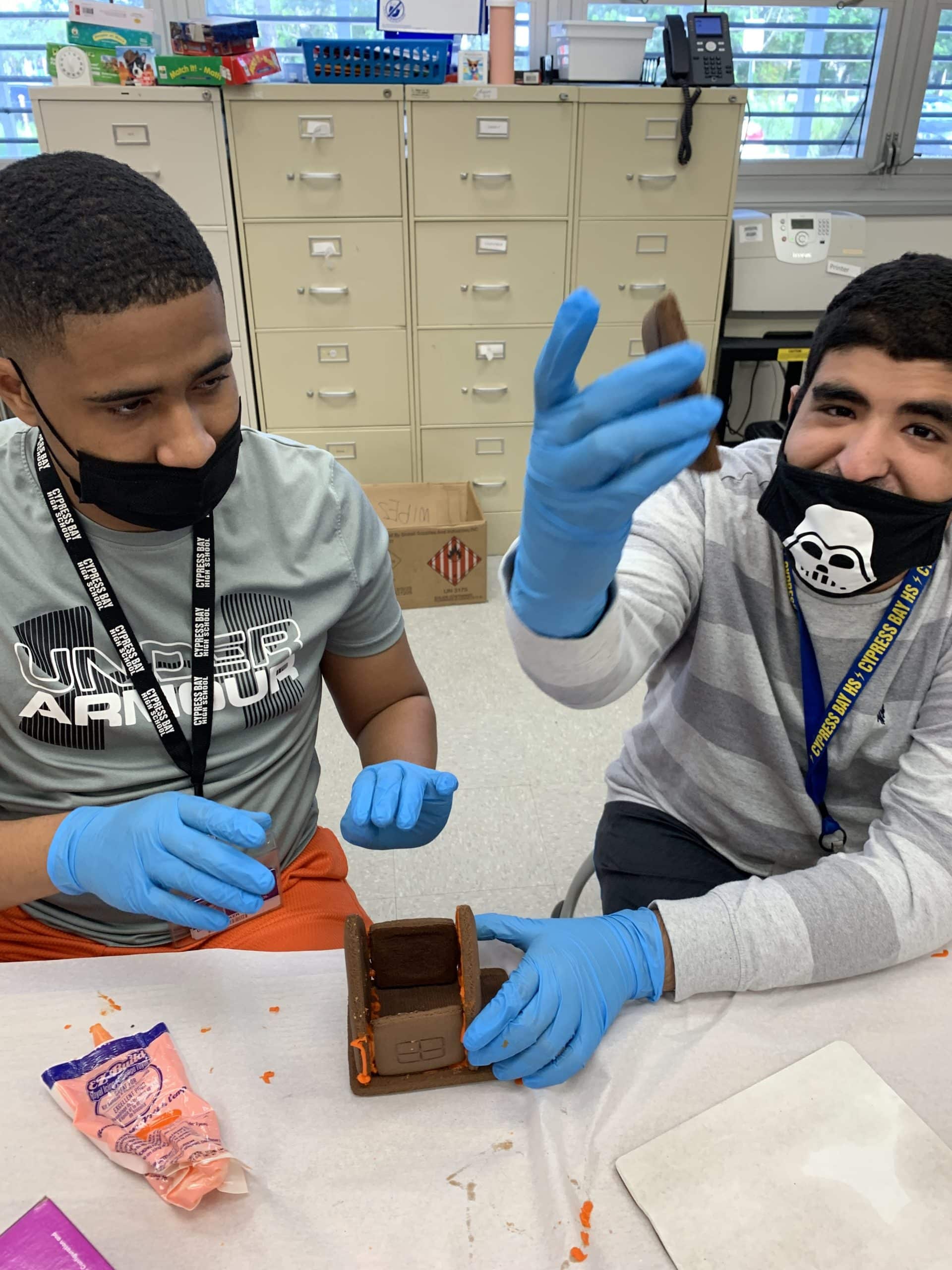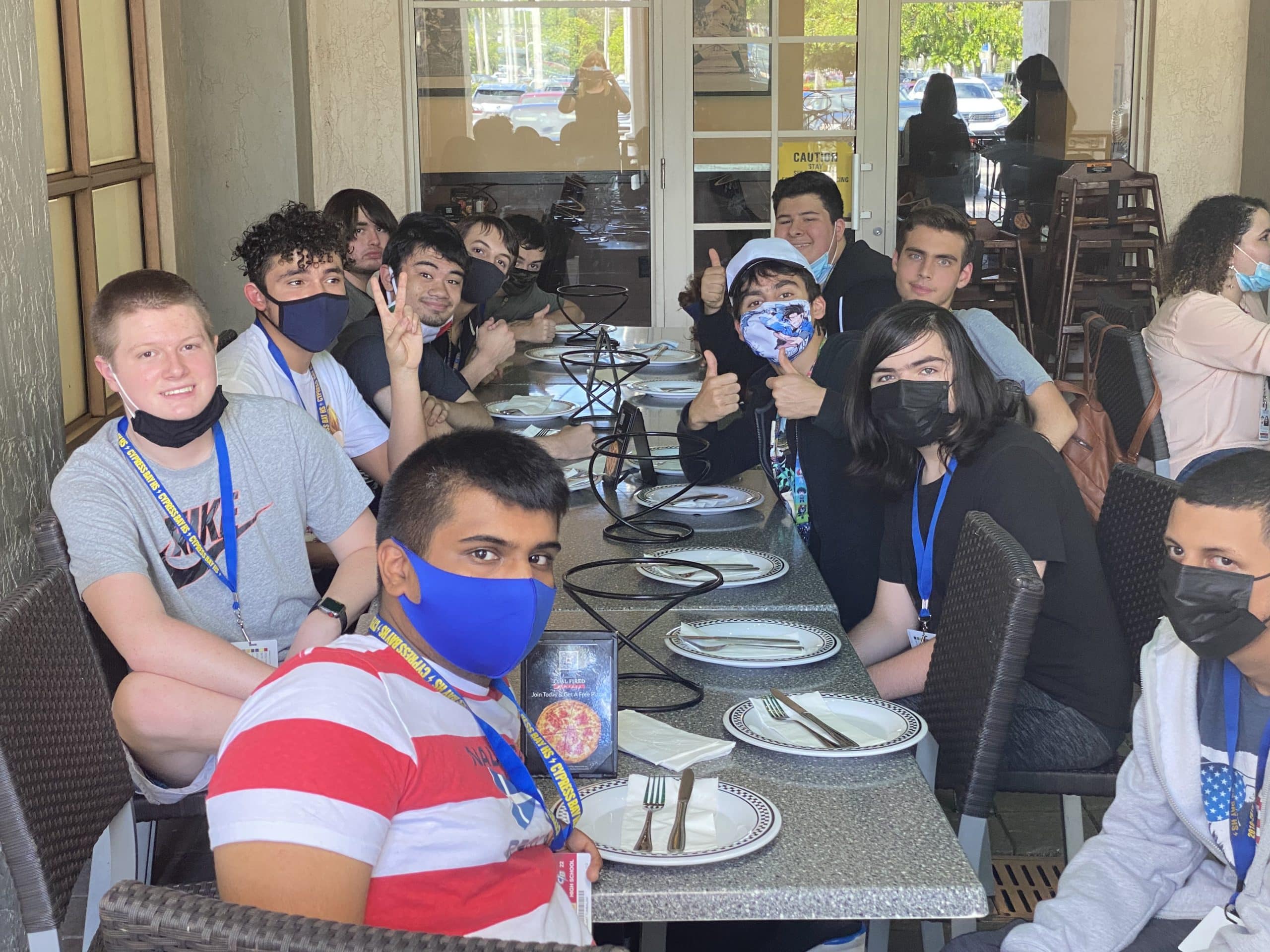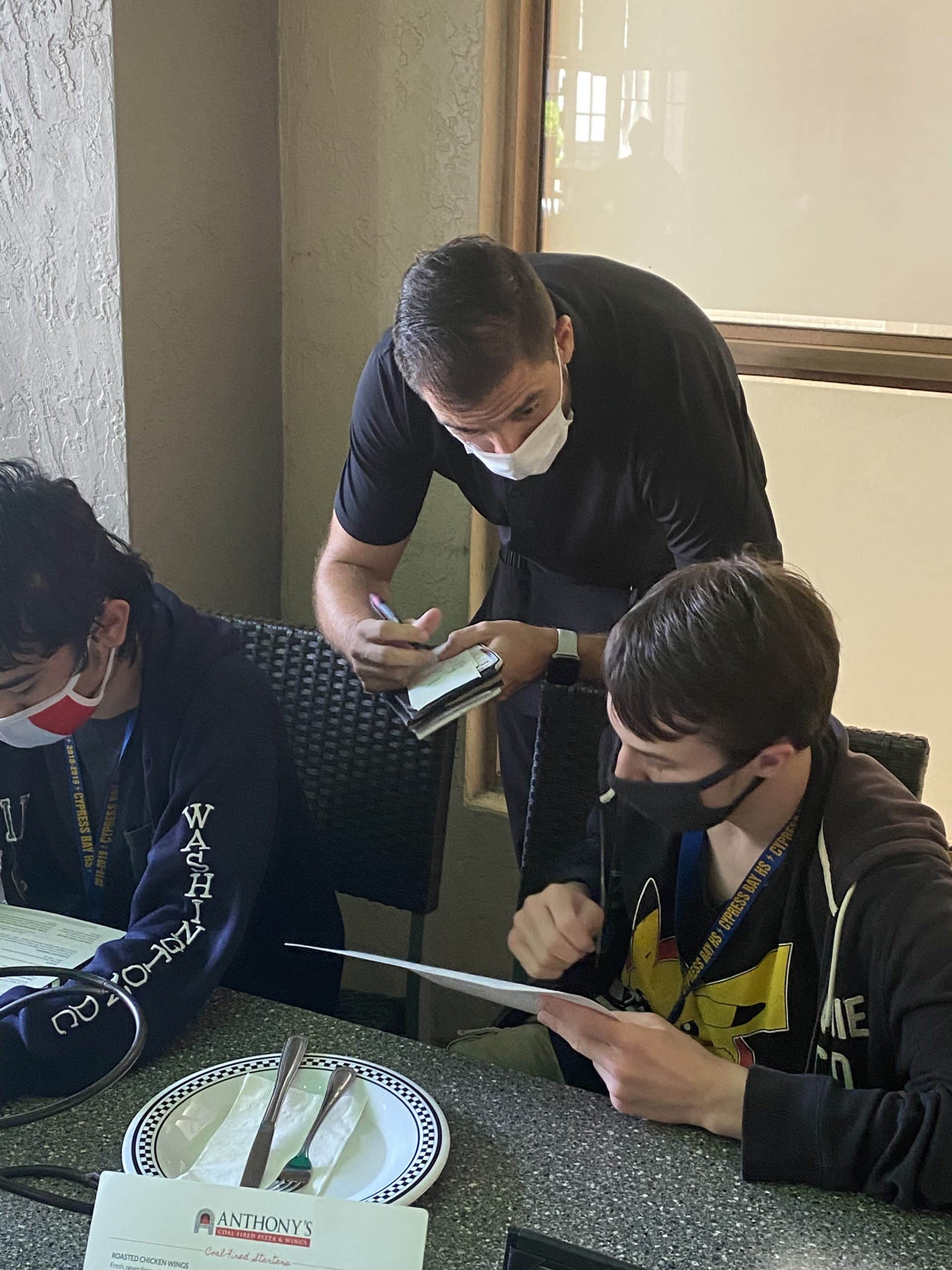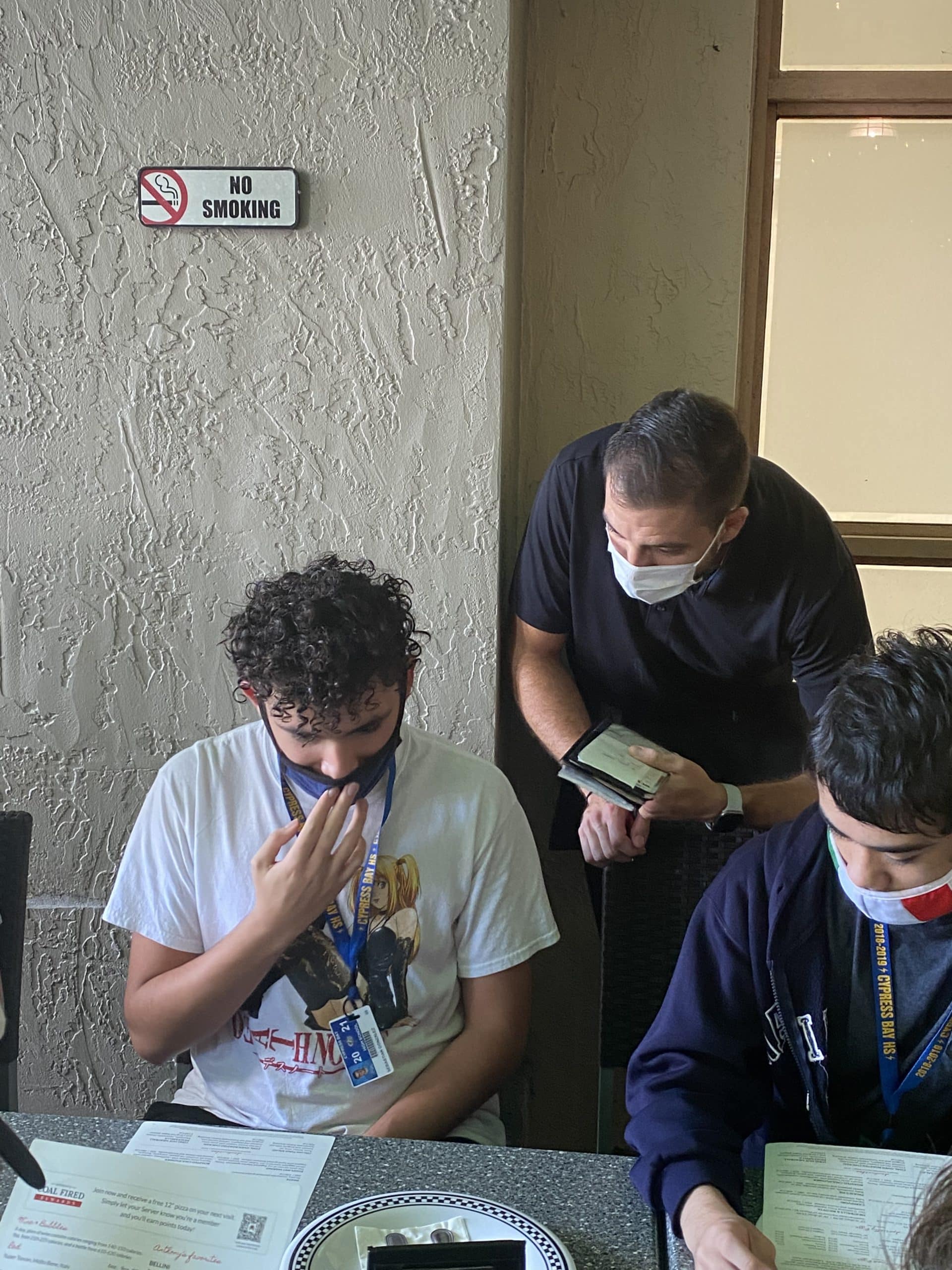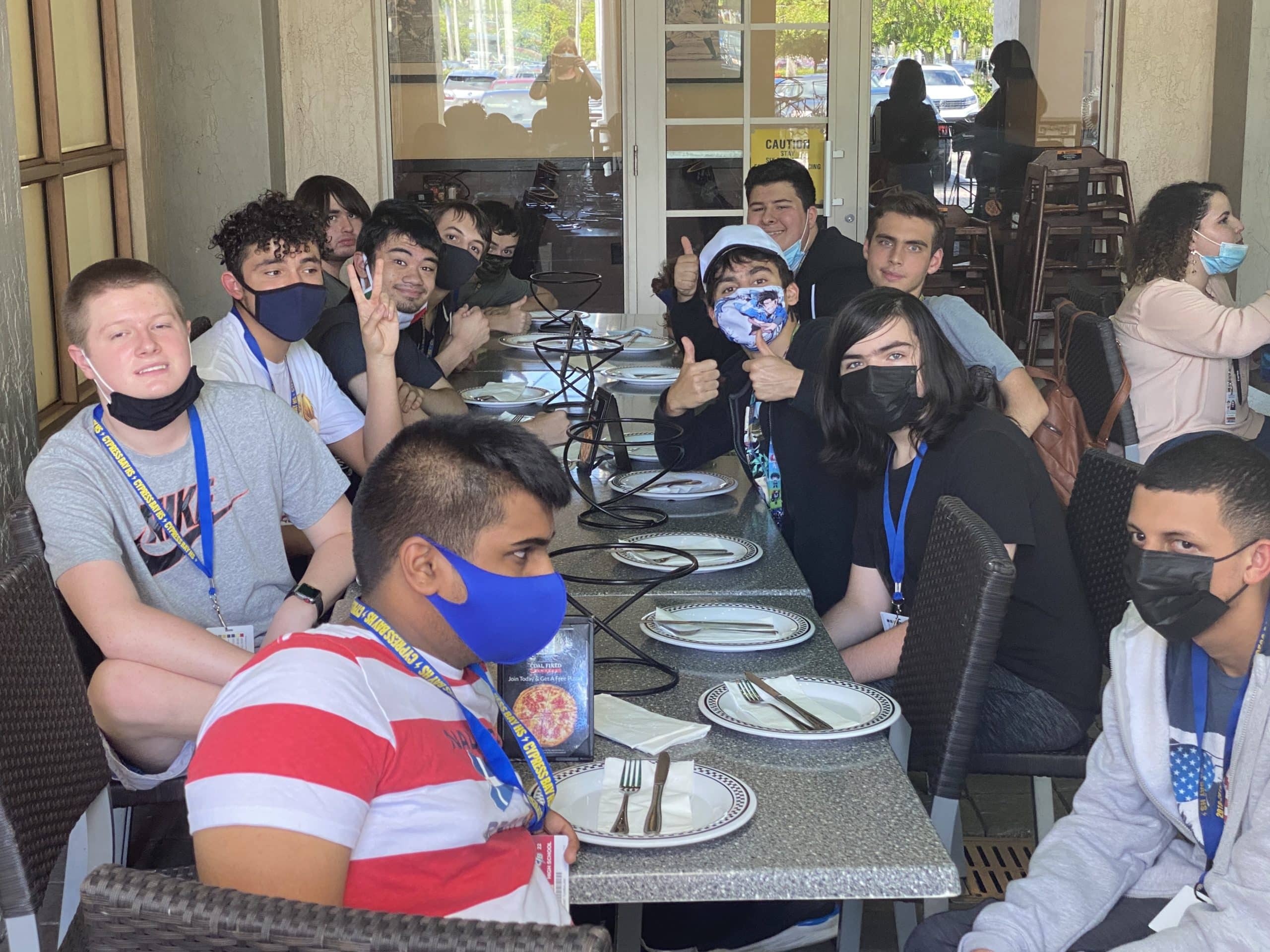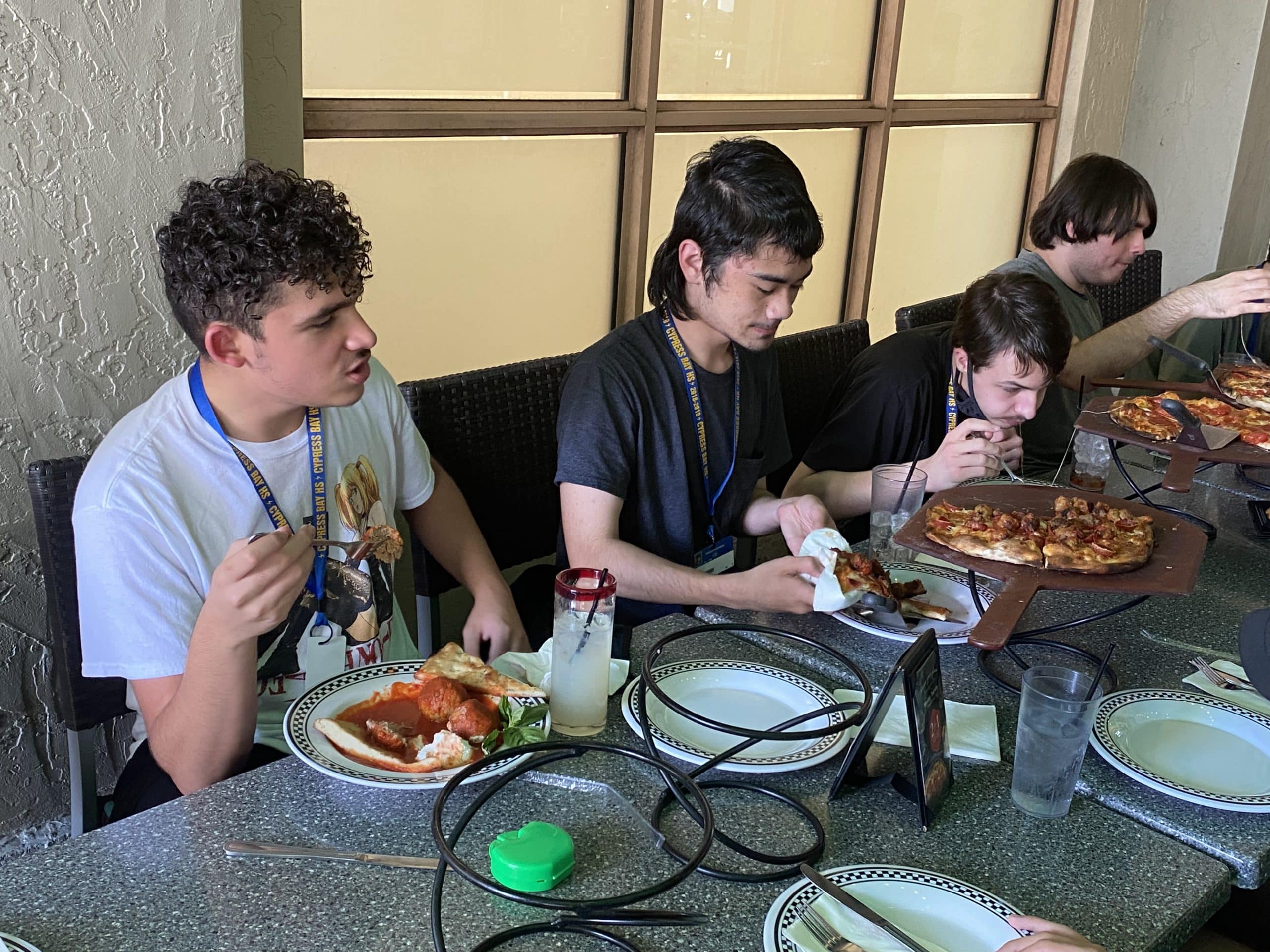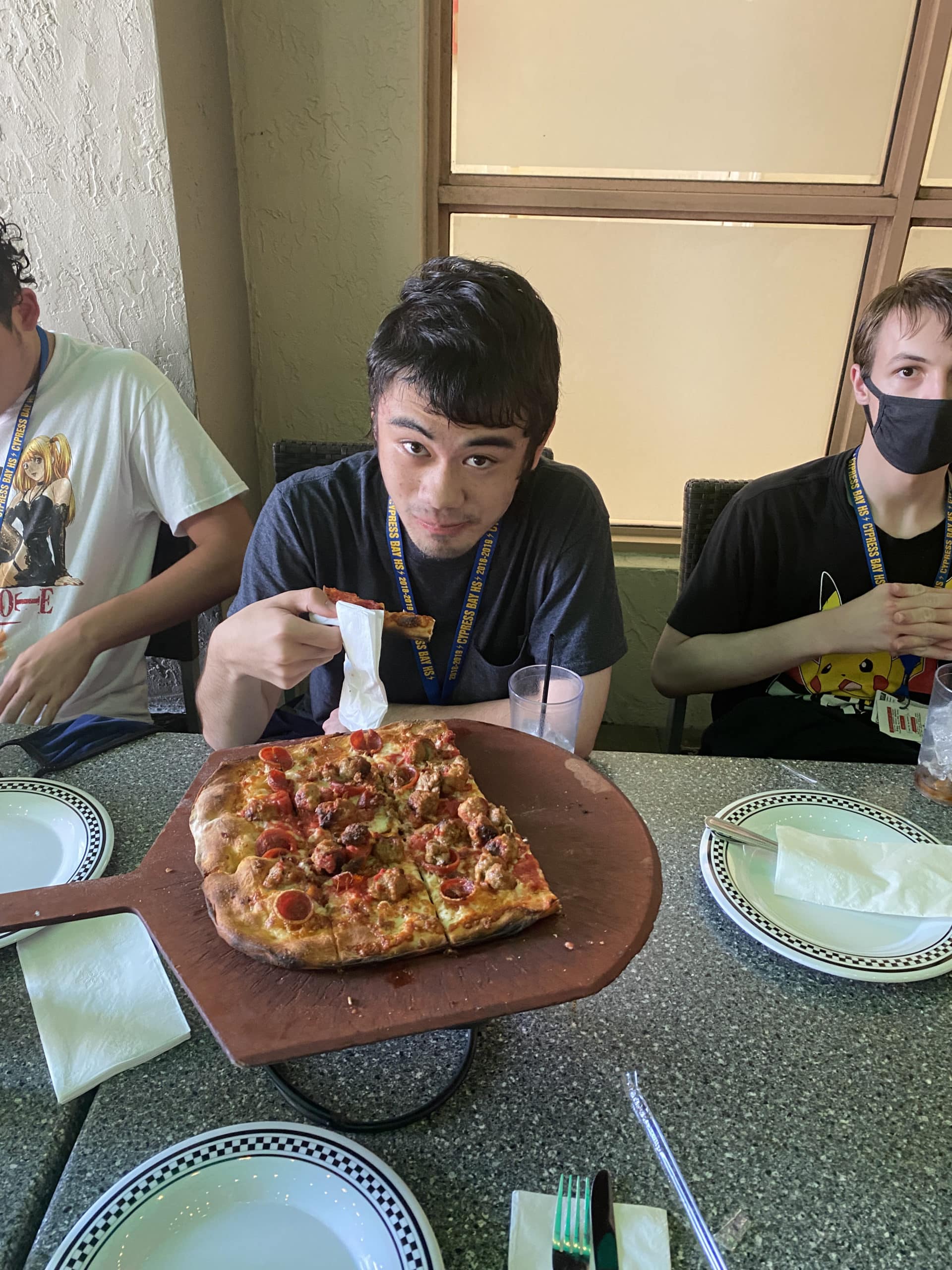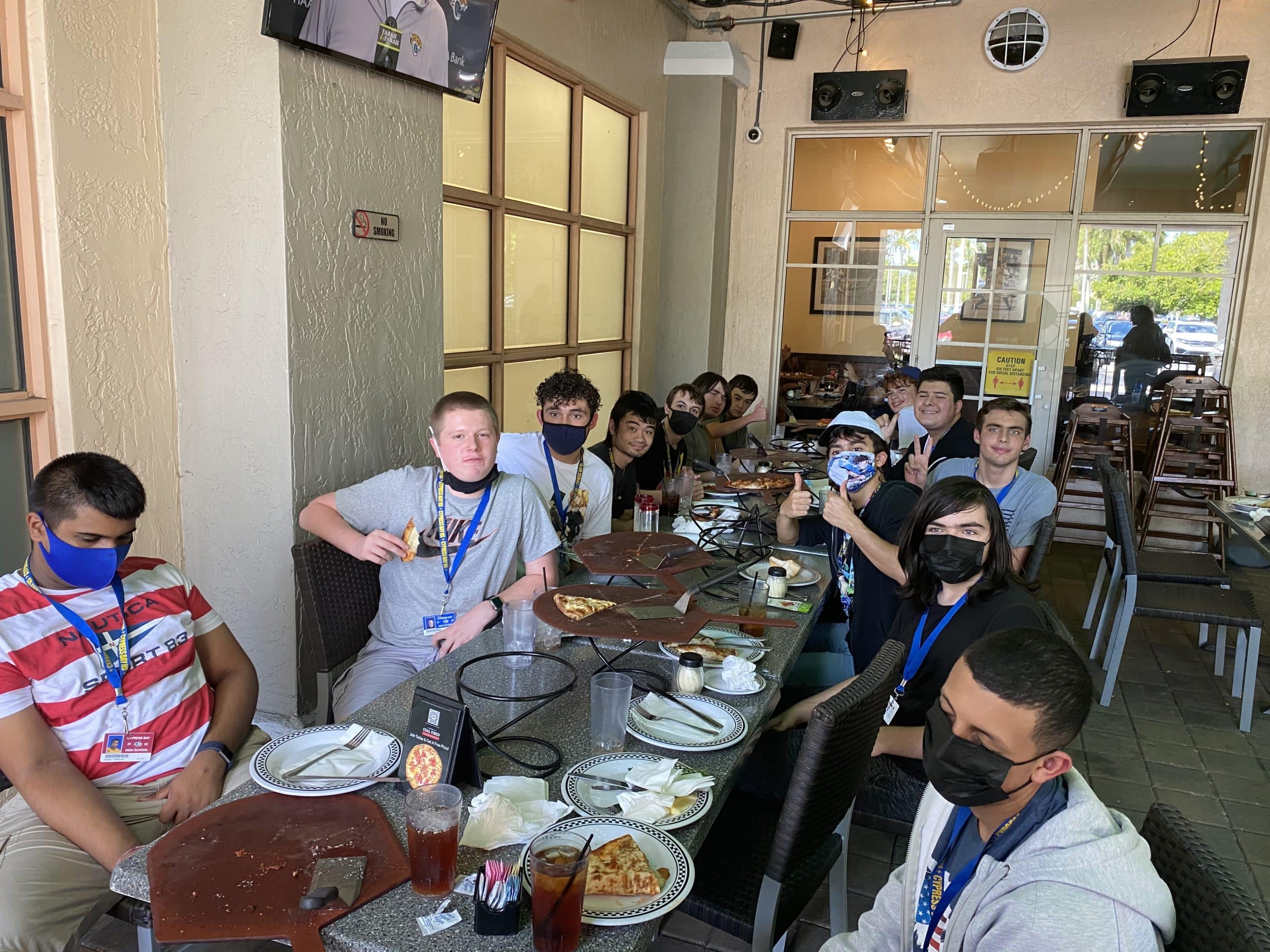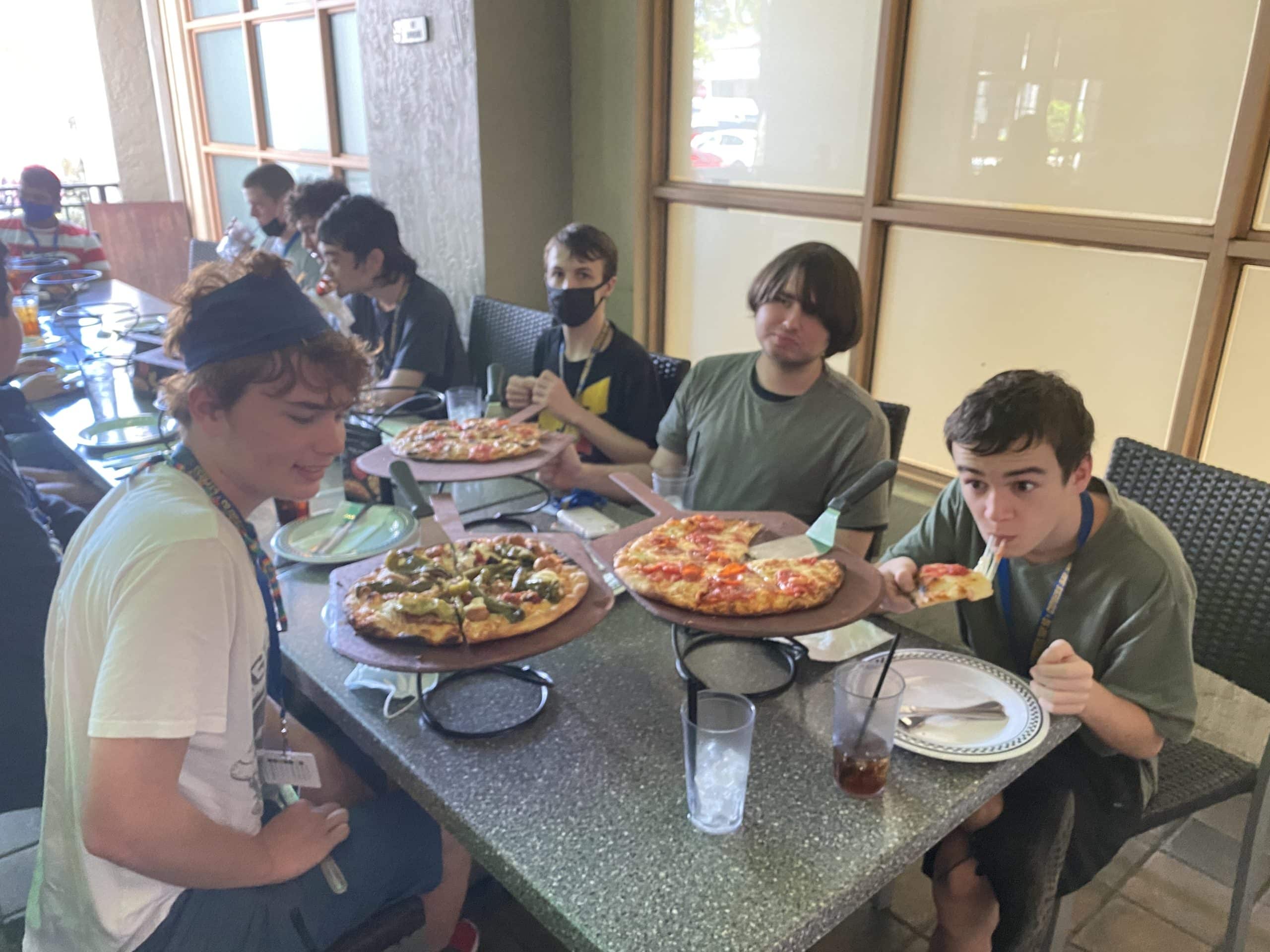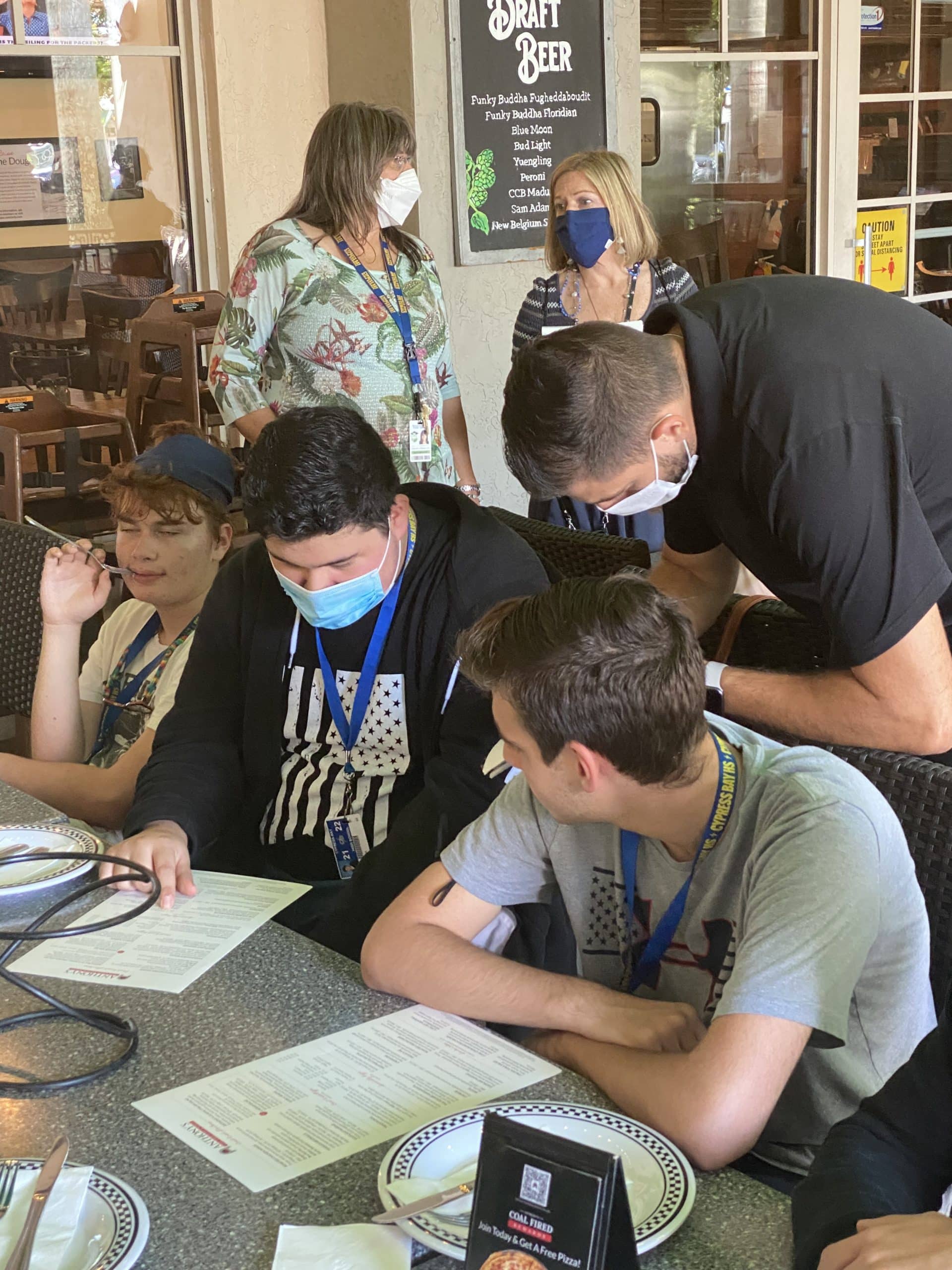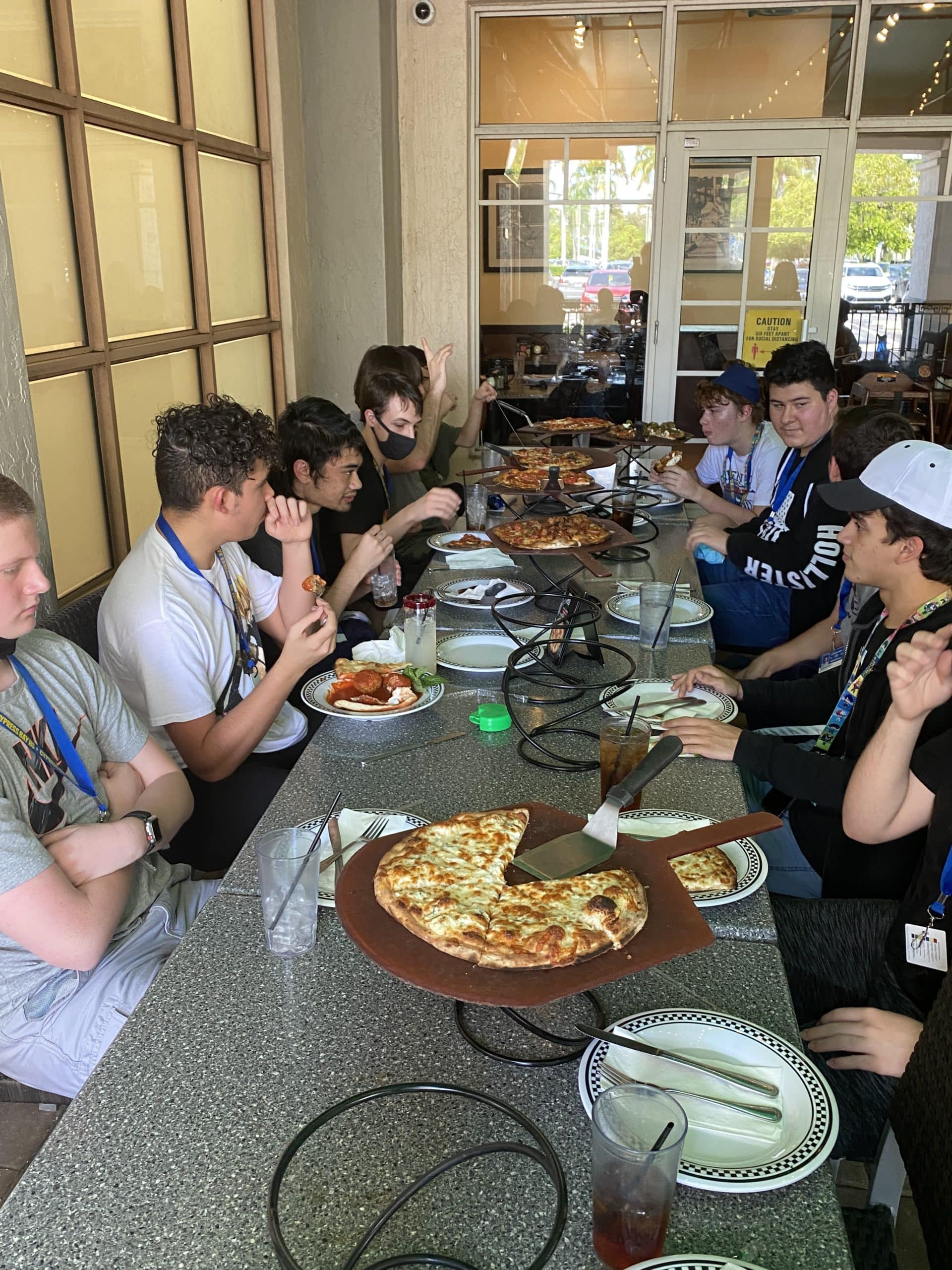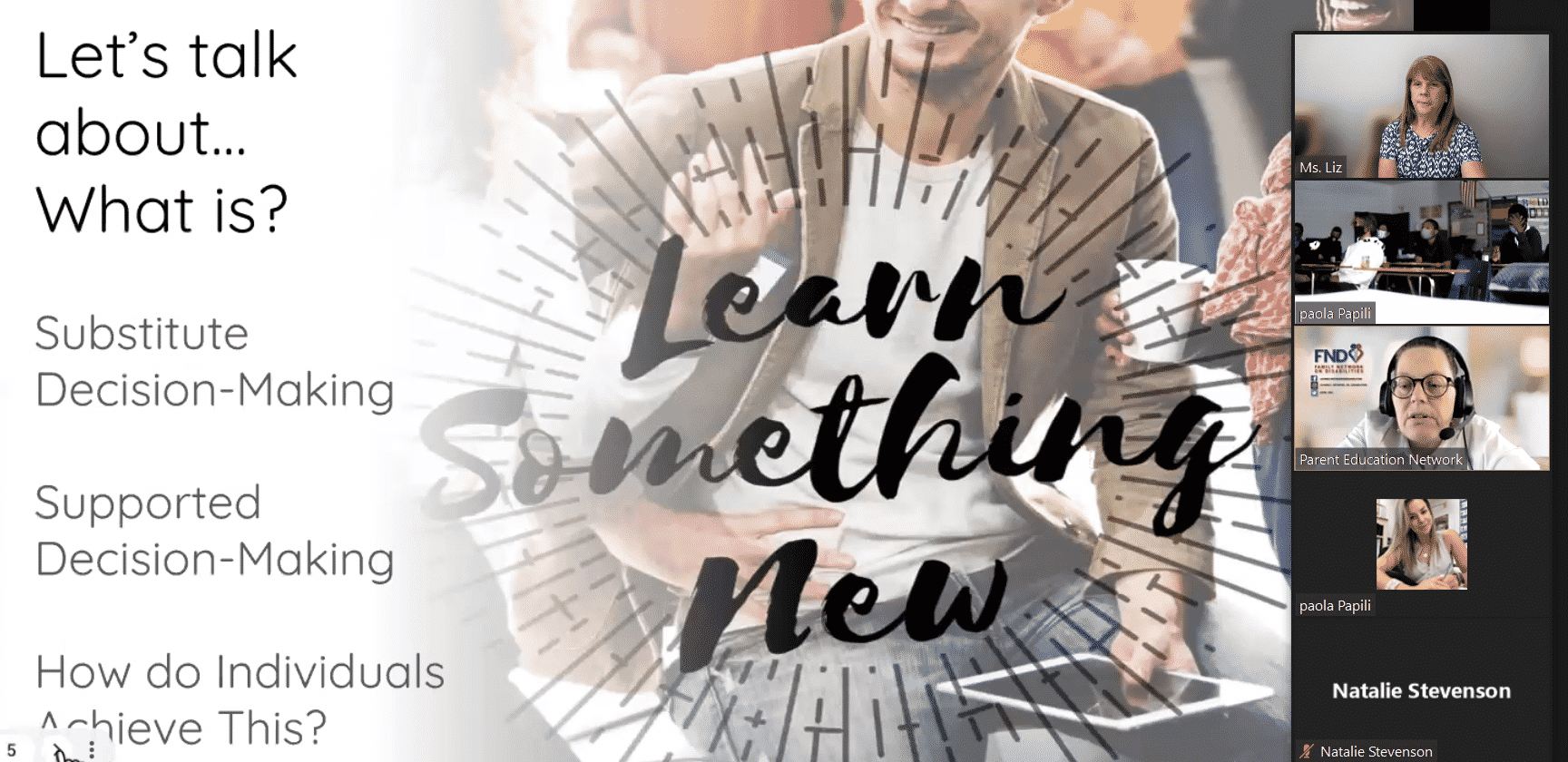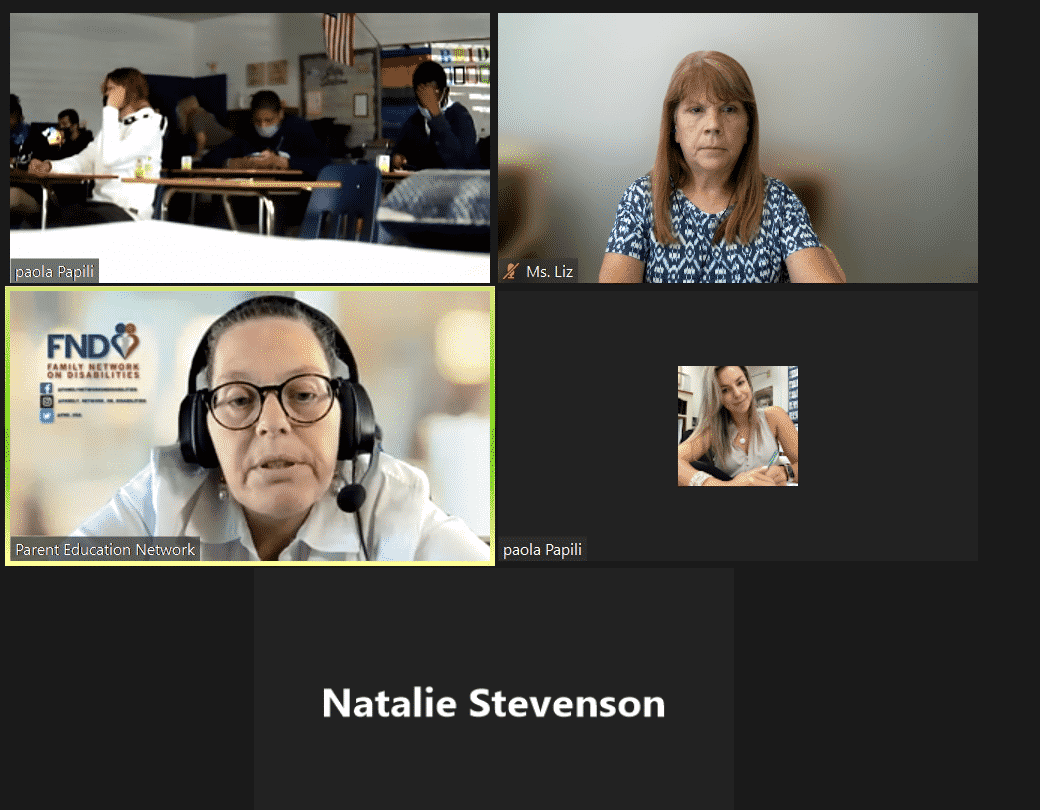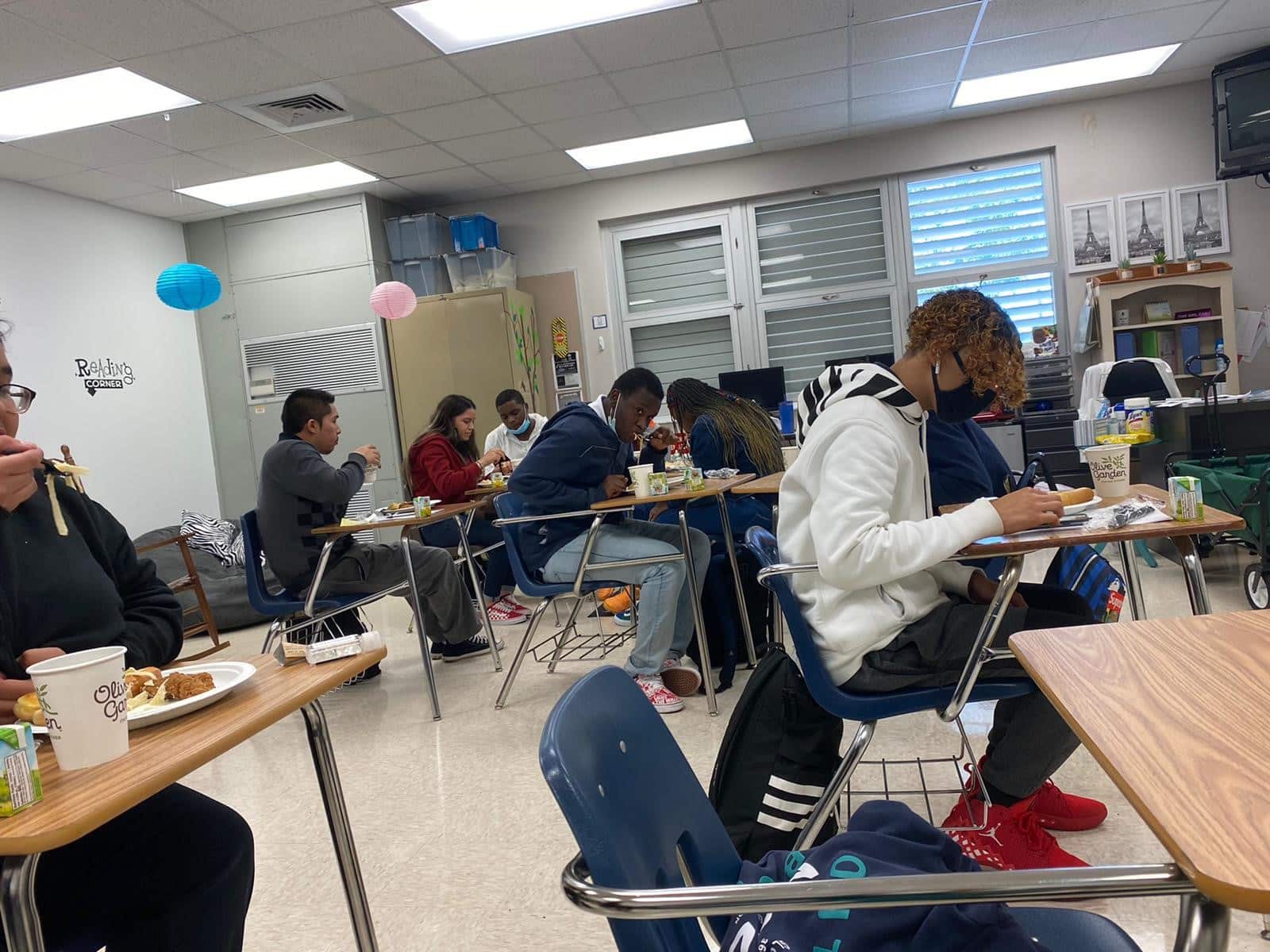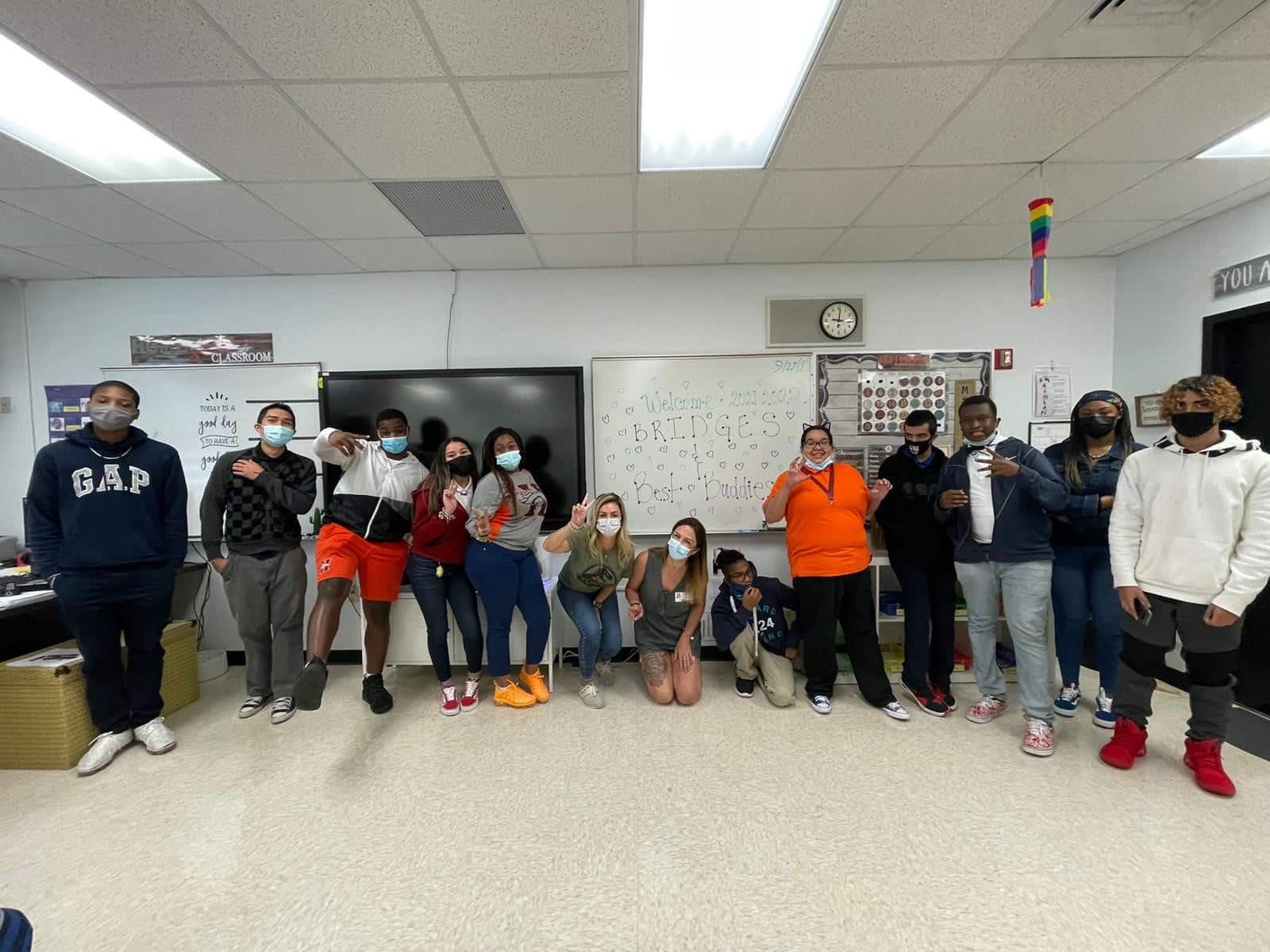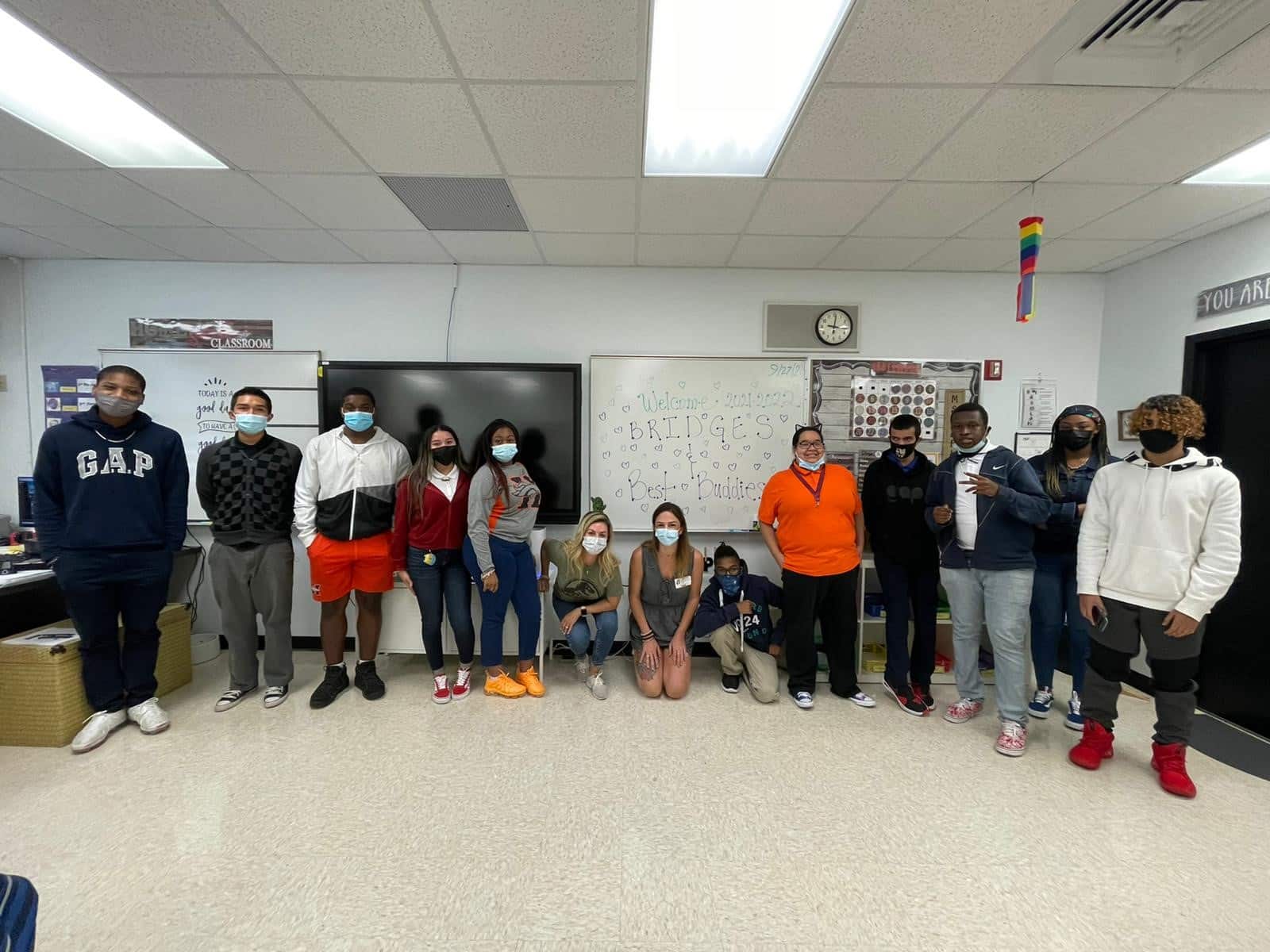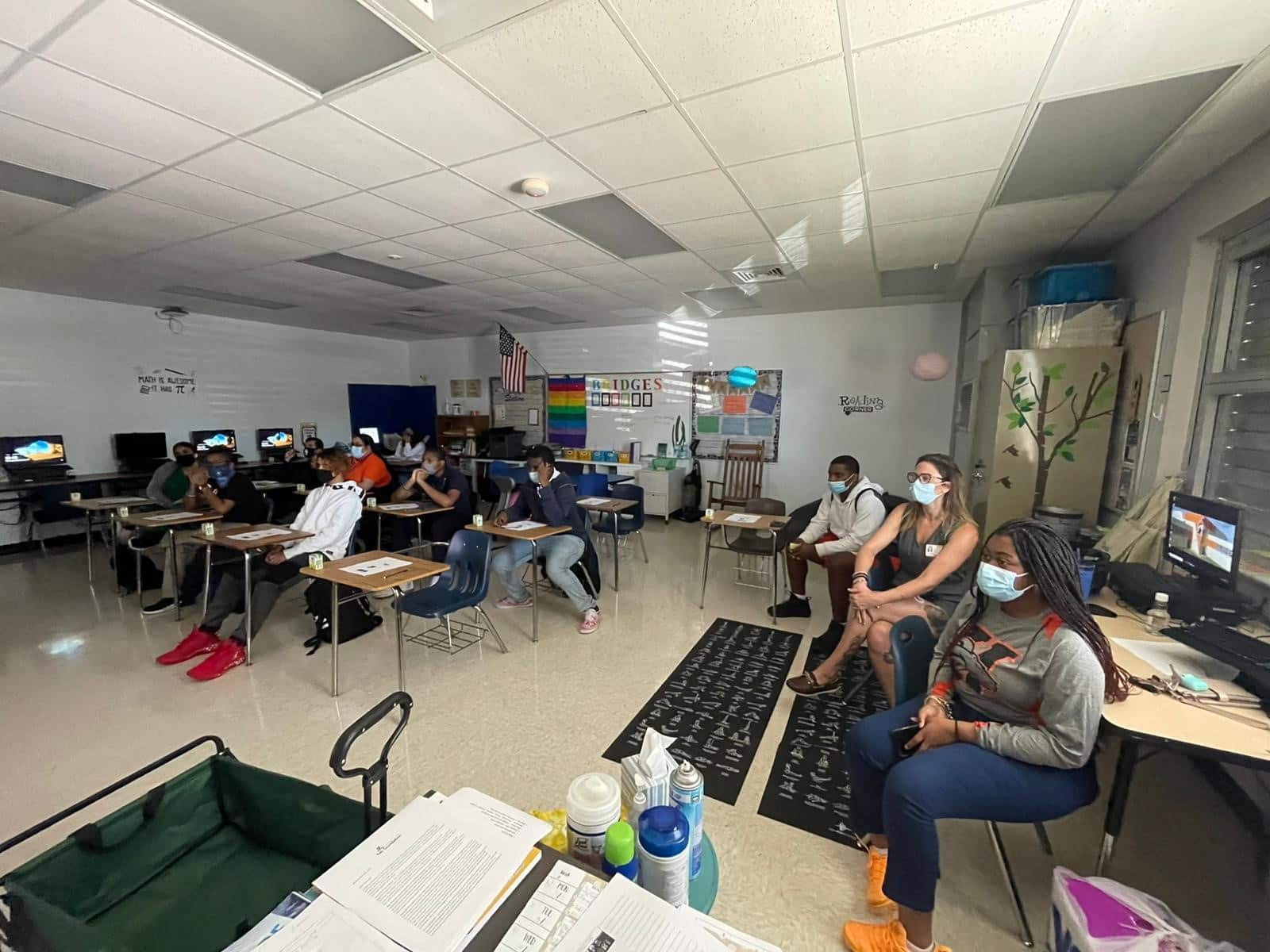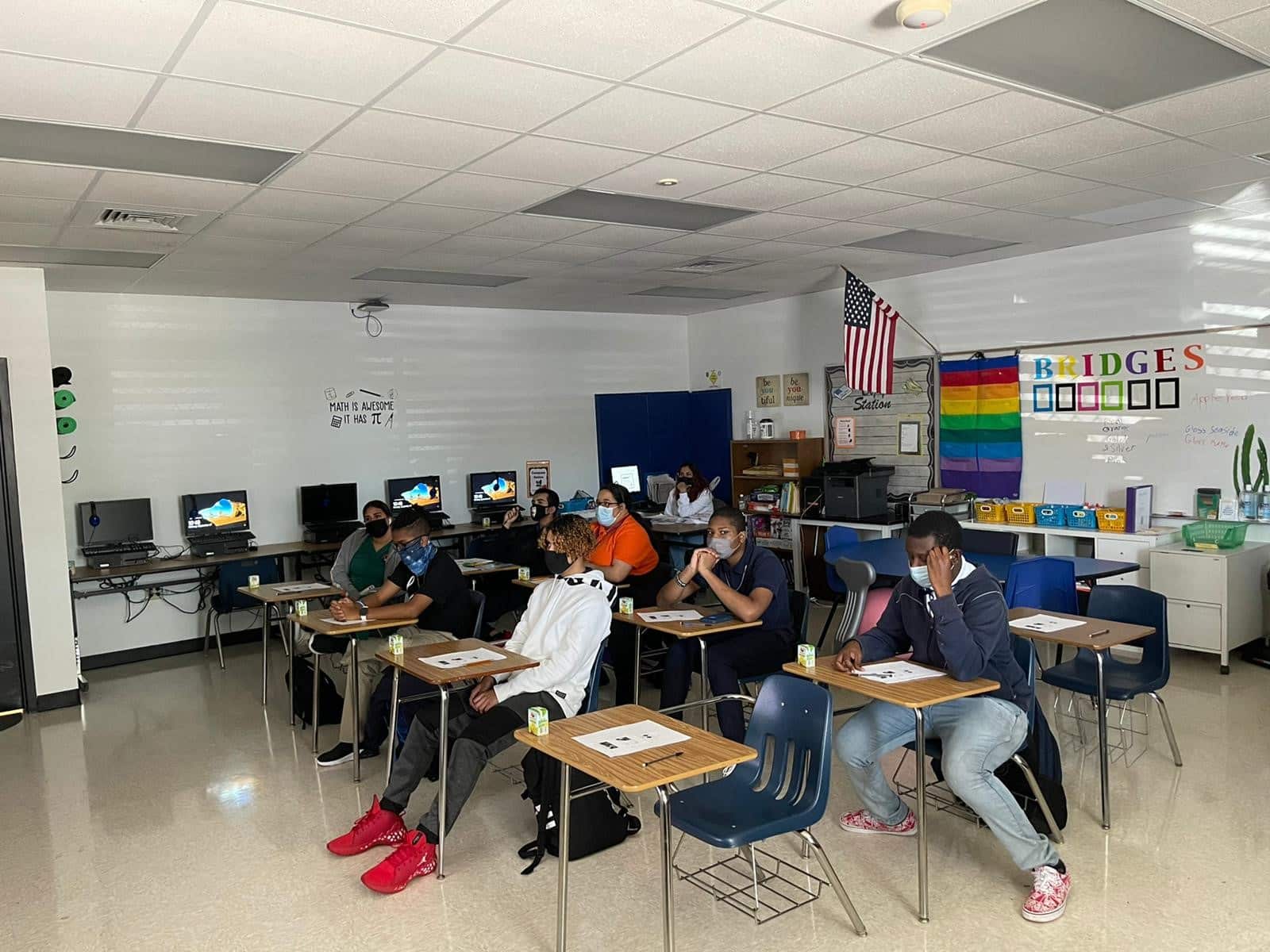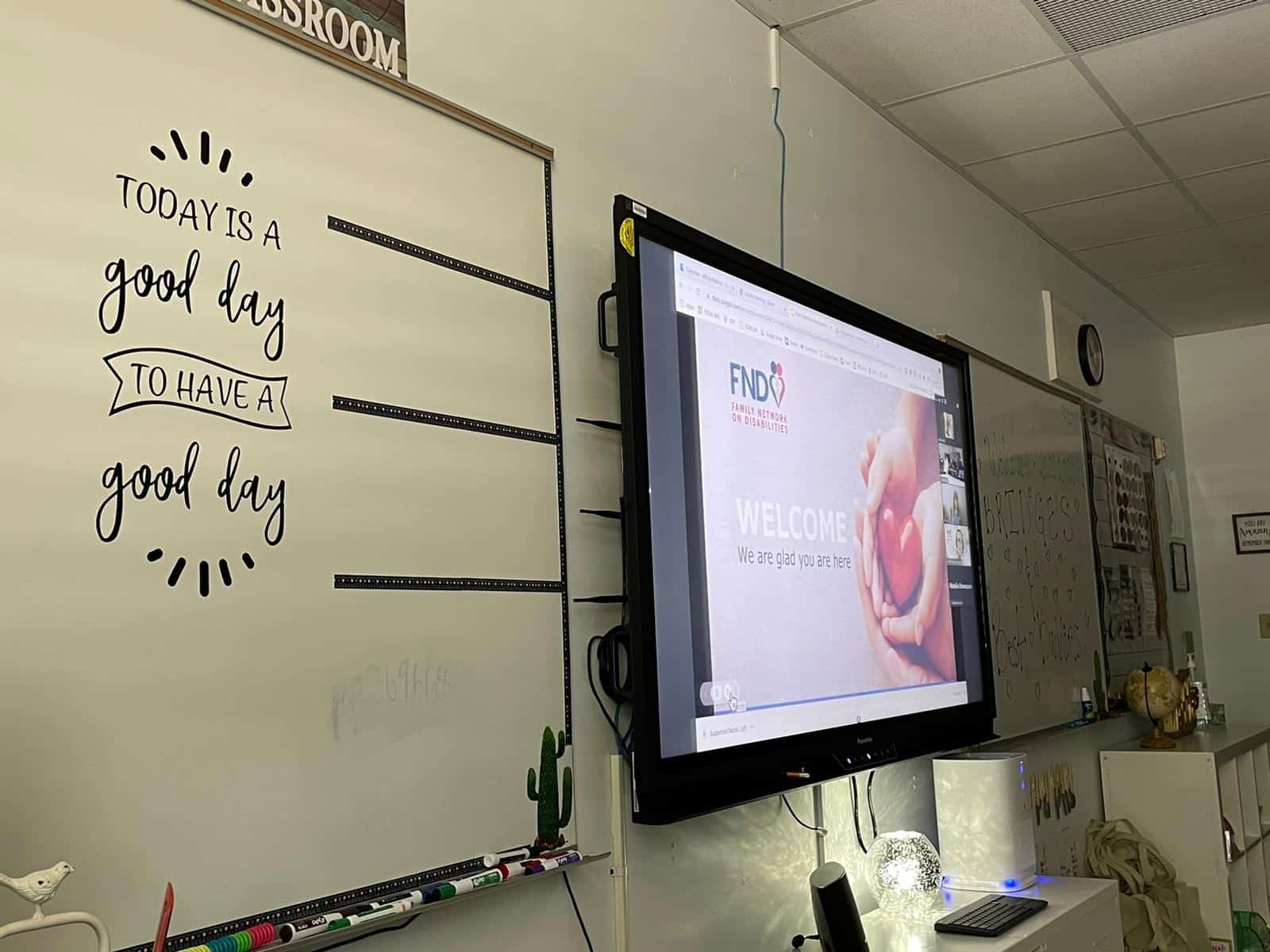
Weston Diner
A delicious meal was on the minds of our B.R.I.D.G.E.S. students as they went out on their Community Based Instruction (CBIs) to the Weston Diner. Students were able to decide if they wanted to order brunch or lunch at the restaurant. The purpose of this CBI was to give the students real life experiences going to a restaurant, ordering food, figuring out tip and paying with their debit card.
When the waitress came out with all the food, the students couldn’t wait to eat! Everything looked delicious! Some of the students didn’t think they would finish everything on their plate. As they enjoyed socializing with one another during their meal and talking about their weekend activities, before they knew it, all the food on their plate had been eaten. The students all left Weston Diner happy and satisfied from a yummy meal!
We are proud of the B.R.I.D.G.E.S. students, as they continue to learn about Budgeting, Independence, Growth, Empowerment and Social Skills!
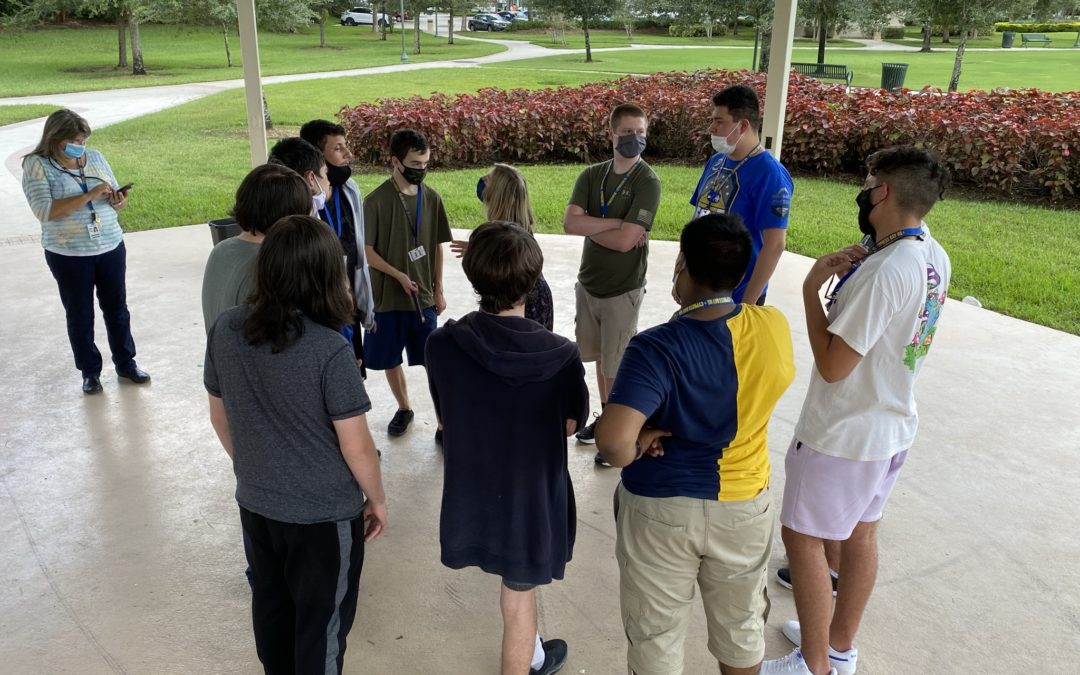
Teamwork is the Key to Success!
Teamwork makes the Dreamwork!
Students walked together to a local park and enjoyed being outside as they participated in several team building activities. As students chose their partner for the first activity, one was blindfolded and the other one had to give specific directions on how to pick up 3 balls and put them in the trash. Each student had to focus on different skills to accomplish this task : one had to be specific in their directions, while the other student had to listen carefully to what the other student was saying to follow their directions. Students realized this was harder than what they had expected.
The next activity, “Guess Who?”, encouraged the students to ask one another specific questions about whose name was on their back. After enough clues, the students had to guess whose name they thought was on their back.
The final team building activity was “Pass the Baton”. Students were given a subject, such as “colors, Disney characters, cereals, etc.” Once the student got the baton they had to come up with the subject before they could pass the baton. After several rounds, three students were crowned the winners!
Today’s CBI allowed our B.R.I.D.G.E.S. students to focus on Development, Growth, Empowerment and Social Skills. Stay tuned for next weeks CBI!

Happy Halloween!
Happy Halloween! Our B.R.I.D.G.E.S. students had a ghouling good time as they became architects constructing their own haunted houses. Each student was put into a group and were given the following ingredients: gingerbread cookies, icing & candy to begin their construction of their edible haunted house.
As they began working together to build their haunted houses, students had to work together and figure out how they would construct their house so it wouldn’t break apart and fall down. Teamwork and patience were essential skills needed during this activity, as each student had different ideas of how they felt was the best way to do things.
Some of the groups had their house fall apart and therefore had to problem solve to figure out how to make the sides of the house more secure. Students advocated for themselves to ask for help from the adults in the room or from other groups. The end product was spooky and tasty!
What a great activity for our students as they practiced teamwork, patience, problem solving and self-advocacy!

Anthony’s Coal Fire Pizza
Pepperoni, mushrooms, and cheese! The B.R.I.D.G.E.S. students enjoyed their first outdoor eating Community Based Instruction (CBI) at Anthony’s Coal Fire Pizza!
Prior to the CBI, facilitators Donna Mansolillo and Kathy Gorman-Gard discussed with students about calculating tip for the server based upon the quality of service that was provided at a restaurant. The students and facilitators shared different experiences they had at restaurants and the quality of service they received. After the discussion, each student had a chance to practice their tip calculations using the Promethean Board calculator. Facilitators shared easy methods of how to figure out tips, without the use of a calculator.
Later that week, when the students went to Anthony’s Coal Fire Pizza, students were able to order a meal and a drink. Some of the students ordered subs, but the overall winner of meal choices was pizza. Students enjoyed socializing with one another, talking about what they did over the weekend and plans for homecoming. After everyone was done eating, Ms. Mansolillo asked the students how they felt the service had been for their large group. Everyone agreed the server did a great job and deserved the 20% tip.
The students are all now ready to give the appropriate amount of tip as they continue going out on their CBI’s over the school year. This CBI allowed the students to practice using their Resources, Independence, Development, Growth, Empowerment and Social Skills.

Substitute vs. Supported Decision Making with FND
Substitute Decision Making to Supported Decision Making was the topic of discussion with Family Network on Disabilities: Ally Walford and the B.R.I.D.G.E.S. students! The discussion began about the difference between Substitute Decision-Making vs. Supported Decision Making. The conversation starter, ”Who makes the decisions about health, living arrangements, and finances for the students?” got the presentation underway with students sharing who made most of the decisions for them.
As Ally continued with the presentation, she began to discuss how important it is to transition from Substitute to Supported Decision Making which gives individuals with disabilities the independence to make decisions about their own lives. Supported Decision Making puts the individual in the driver seat with support from a trusted person in their life. This enables the individual to lead a better quality of life by being the person that leads the decision making process whether it is about finances, medical, employment, school or personal care.
To begin this process, students were encouraged to attend Individual Education Planning (IEP) meetings as well as participate in discussions at their doctor’s visits. These examples were some ways to learn to begin to take the driver seat while making individual decisions.
We are very thankful to Ally Walford, for taking the time to spend with our B.R.I.D.G.E.S. students and discuss very important life skills. These skills of Supported Decision Making will continue to help the students work on Resources, Independence, Development, Growth and Empowerment.
No Results Found
The page you requested could not be found. Try refining your search, or use the navigation above to locate the post.

